Medium Writing
Medium Writing - Part 1
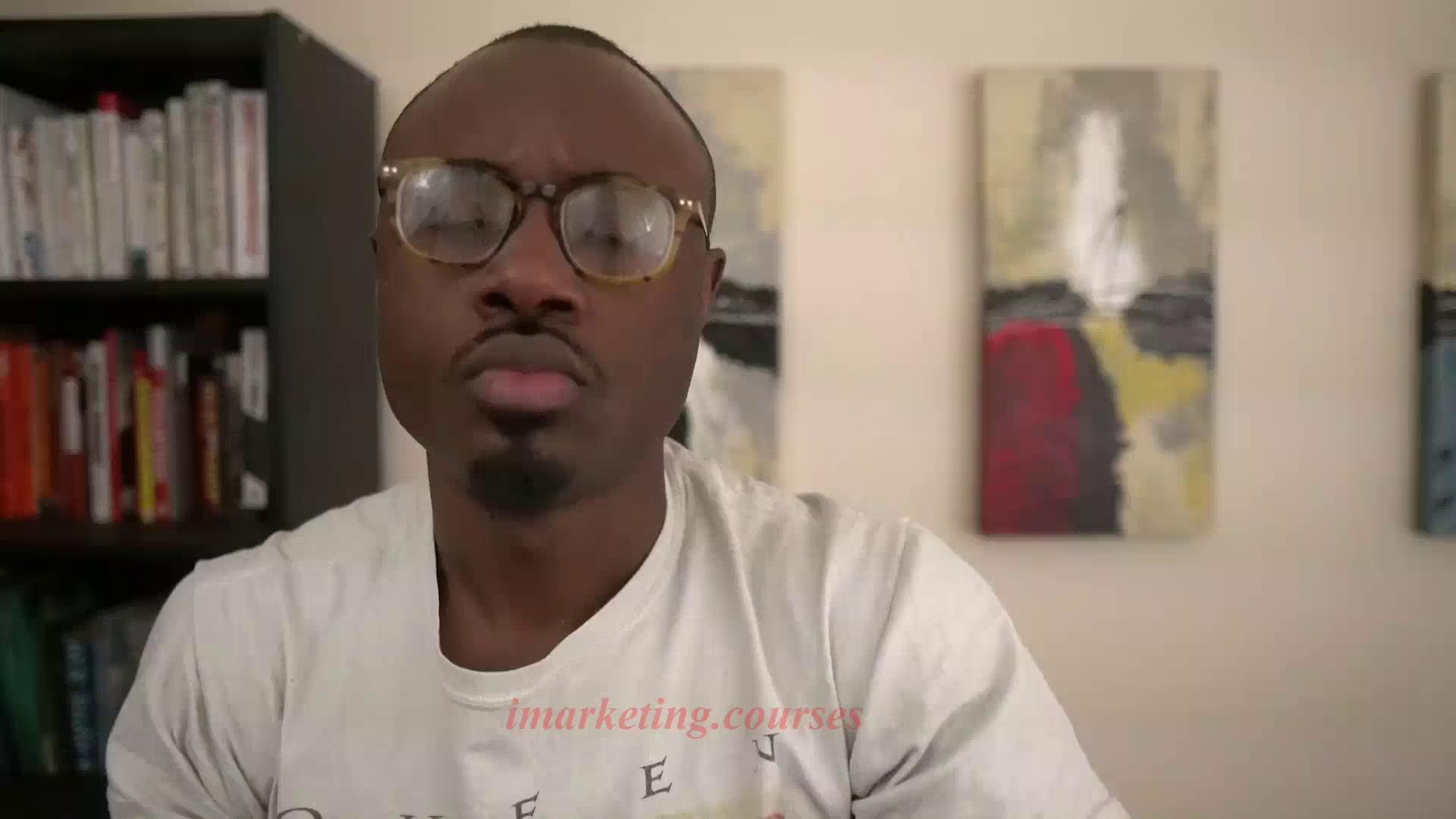
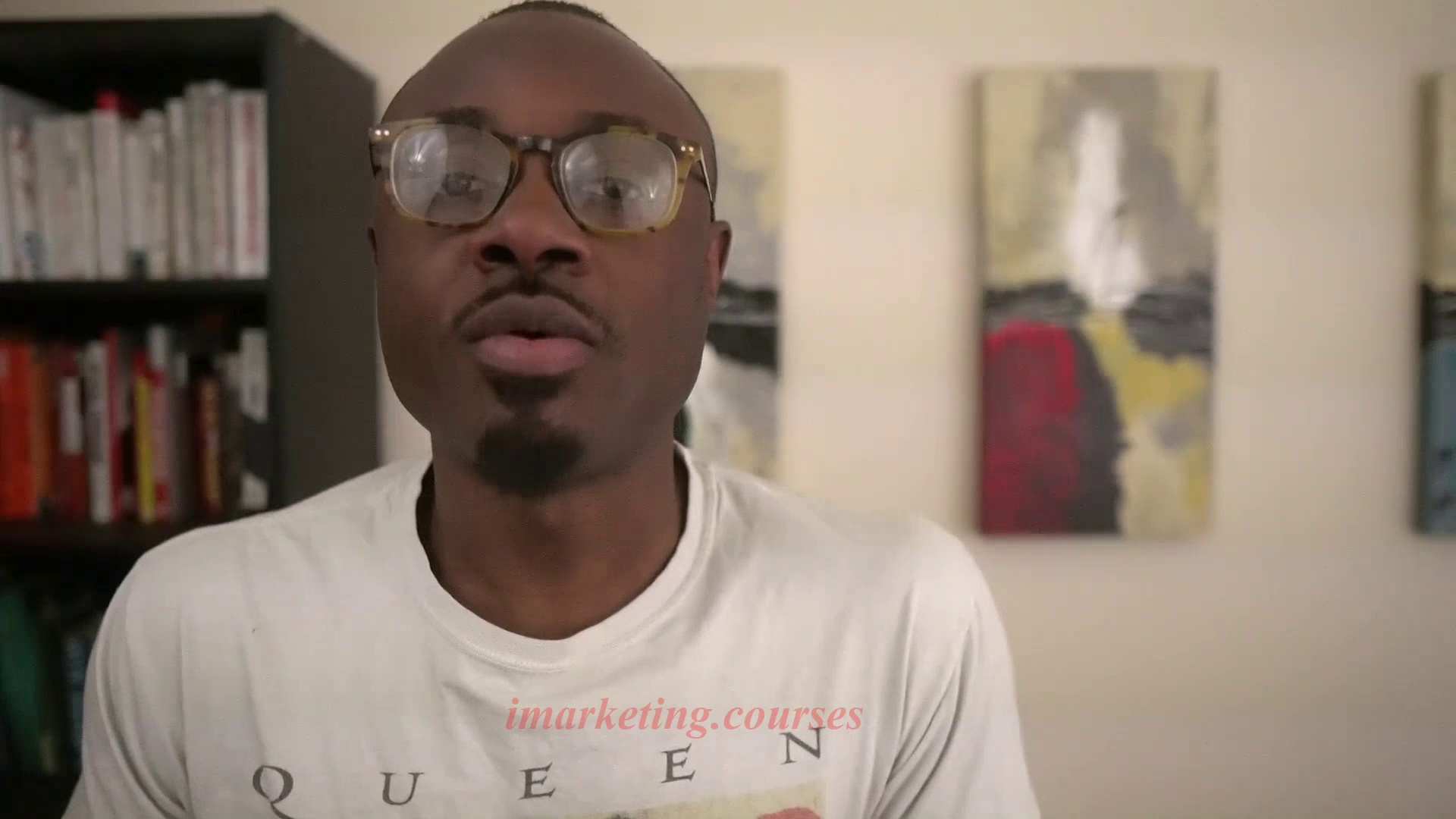
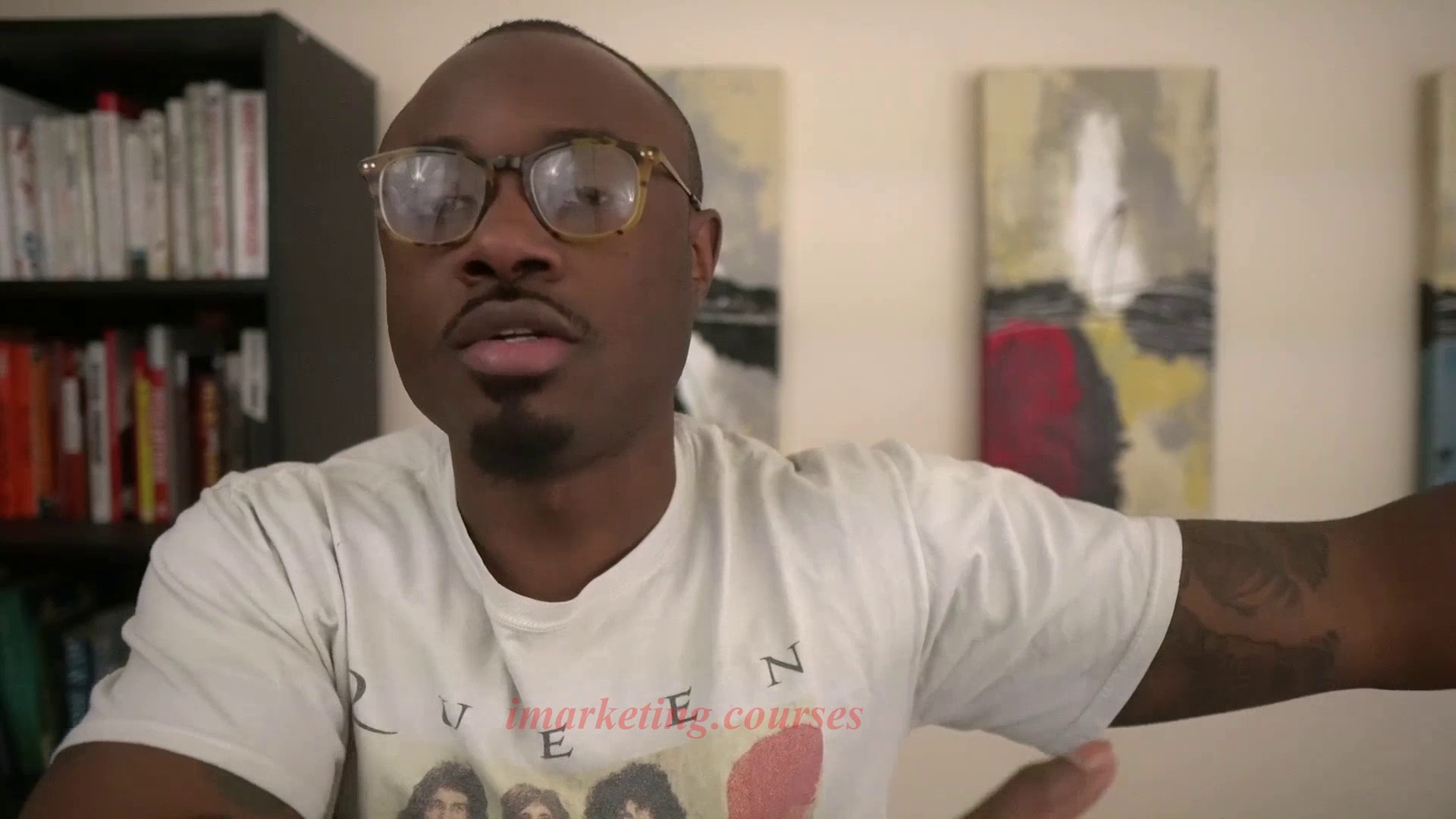
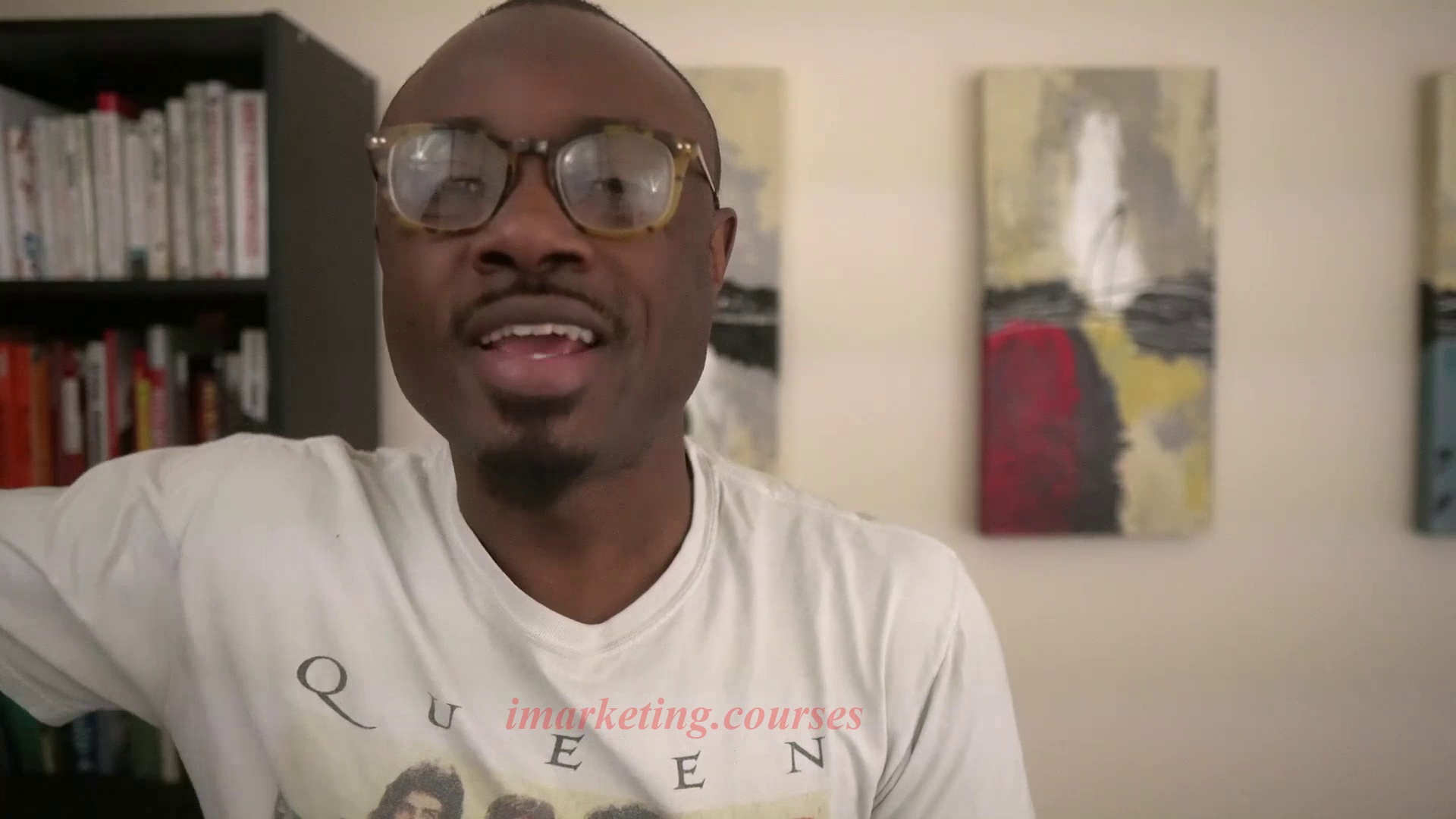
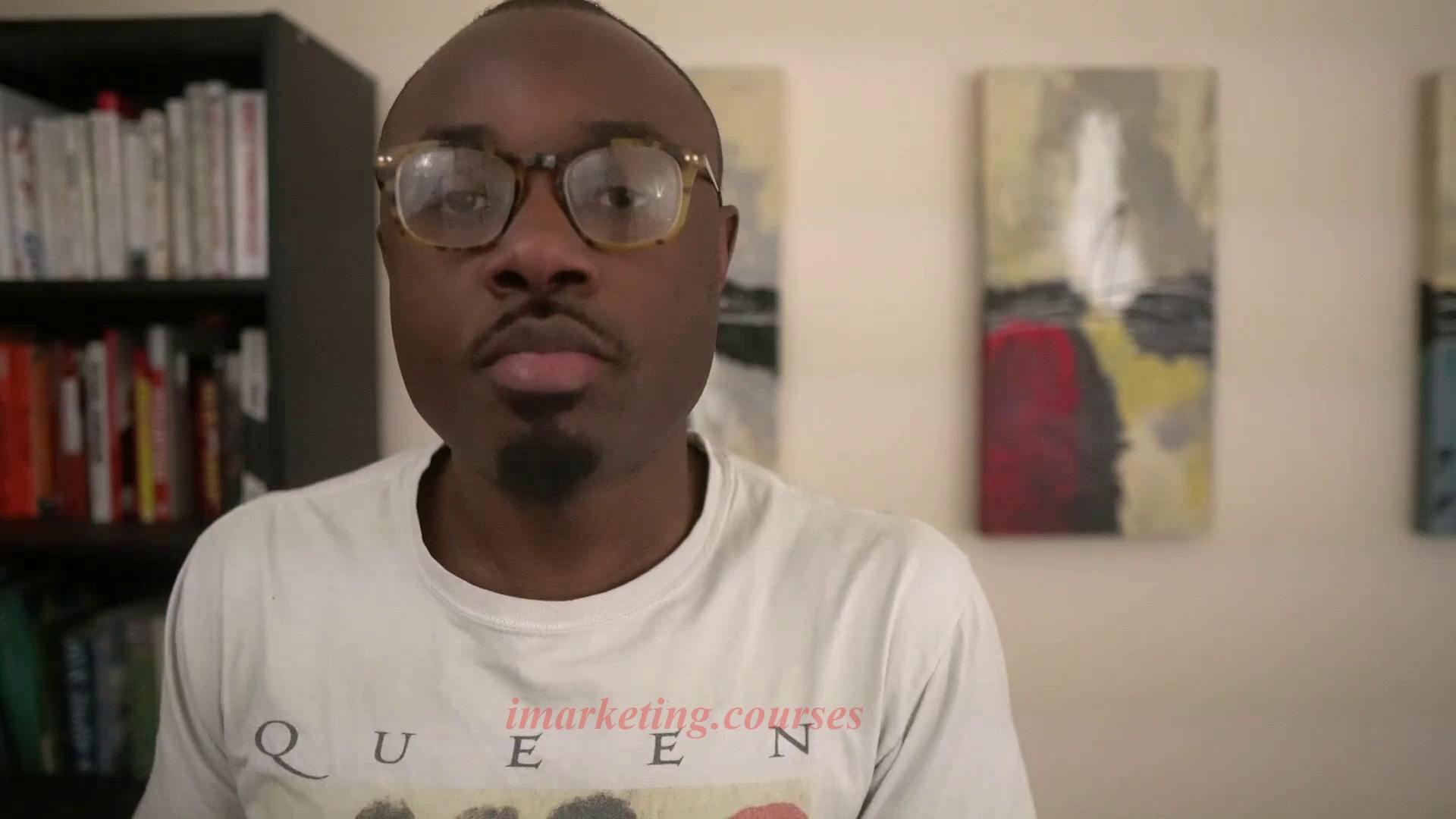
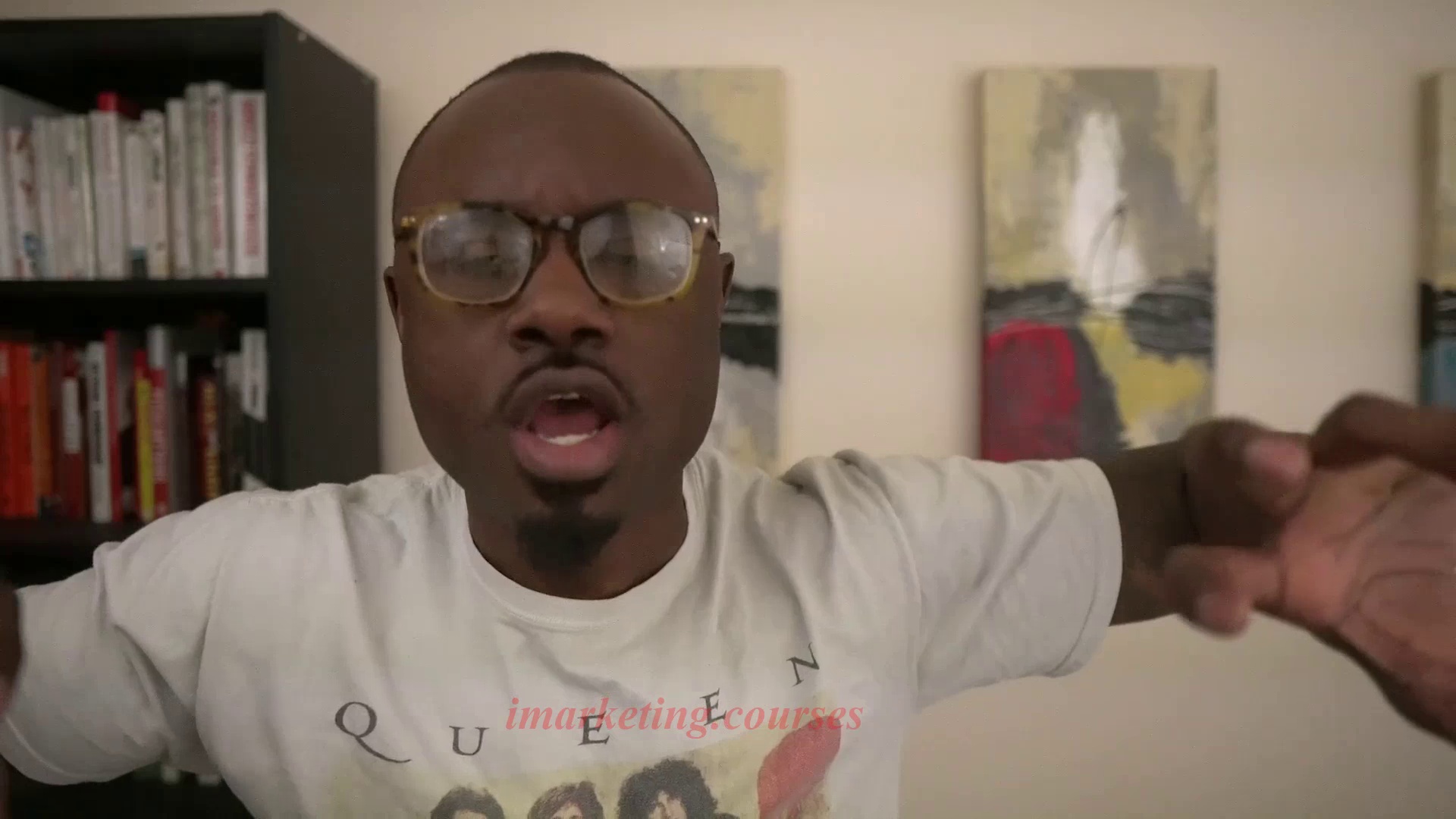
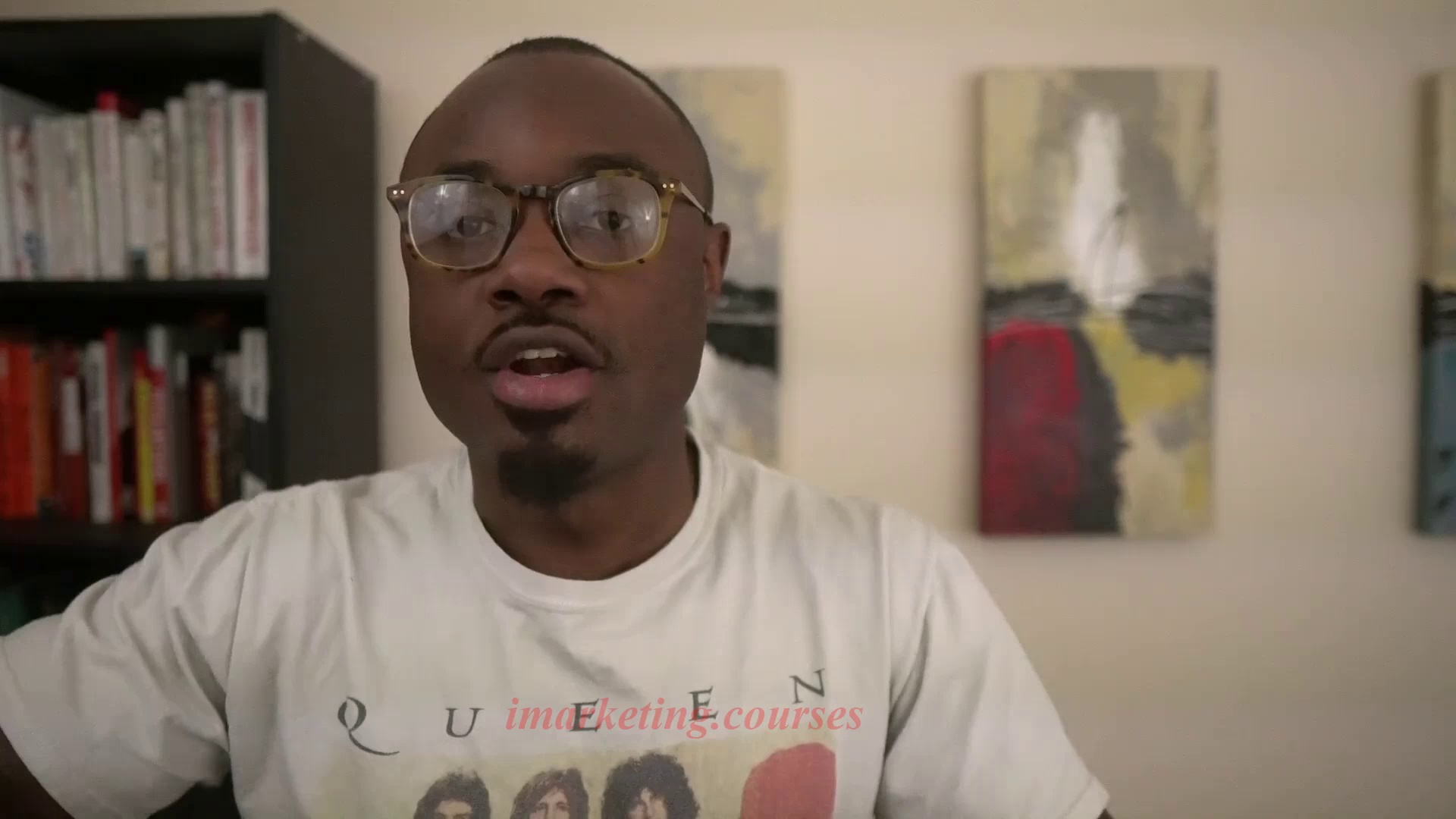
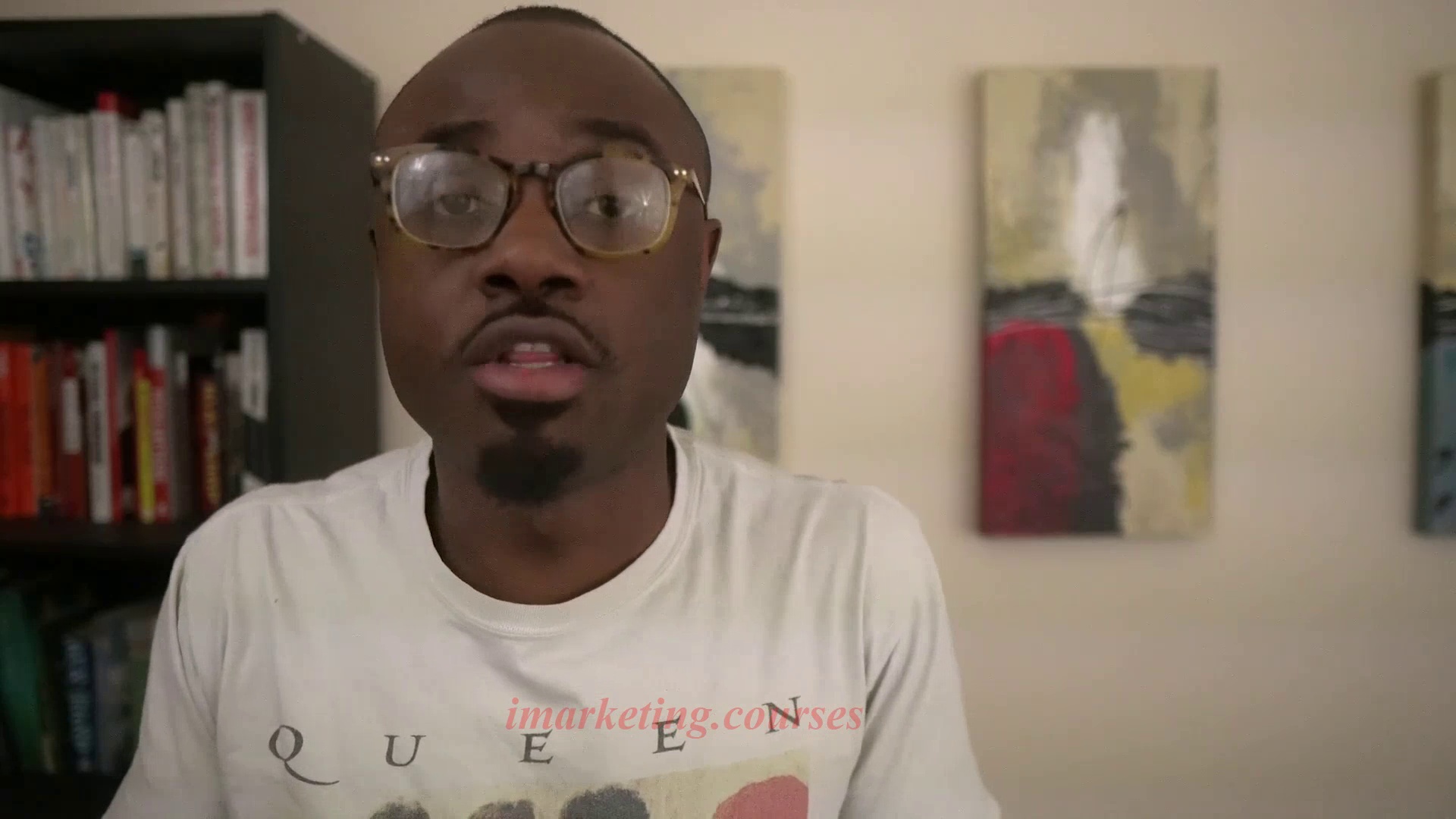
The narrator explains a useful blog post structure called the "how-to framework" which provides step-by-step instructions on accomplishing specific goals or solving particular problems readers face. It works well because people want shortcuts and answers to issues in their lives.
To generate "how-to" ideas, make lists of your target audience's fears, frustrations, hopes and aspirations. Identify potential outcomes that would solve their problems, then create a post titled "How to [achieve that outcome]". Outline the step-by-step process needed to reach the outcome.
For example, if writers don't write enough, the outcome could be "write 30 minutes a day". So a post might be titled "How to Write Every Day for 30 Minutes Without Fail" and provide techniques to accomplish that habit.
Use 3-5 high level steps to reach the outcome. Break those down further into 3-5 sub-steps. In total, cover 20+ detailed components to fully explain the process. Simpler topics may only need 3-5 steps total.
Structure the post with an intro previewing the benefits, detailed step-by-step instructions, a recap, then edit to focus only on what's needed to achieve the outcome. How-to posts build audience and credibility over time.
.Medium Writing - Part 2








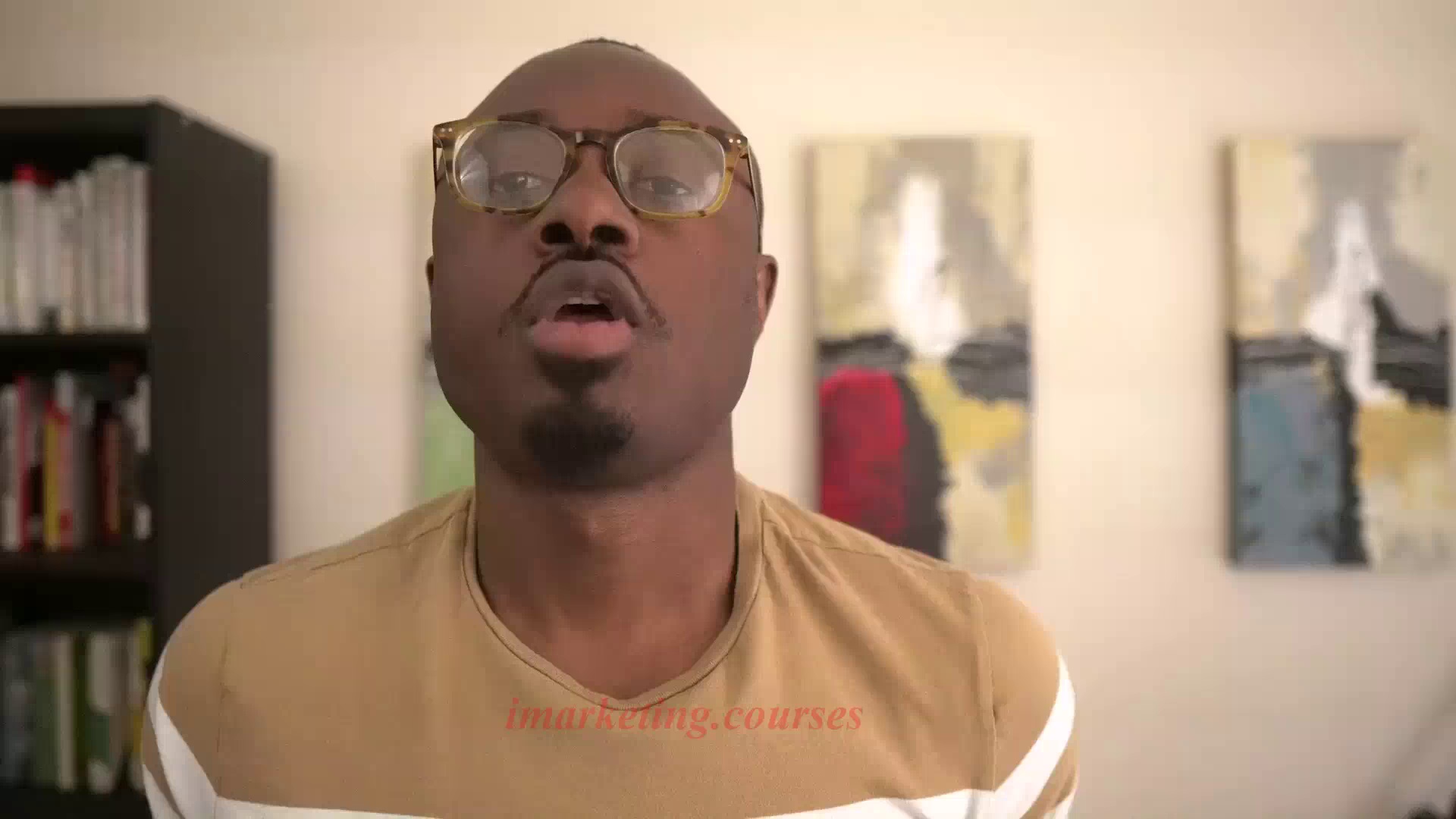
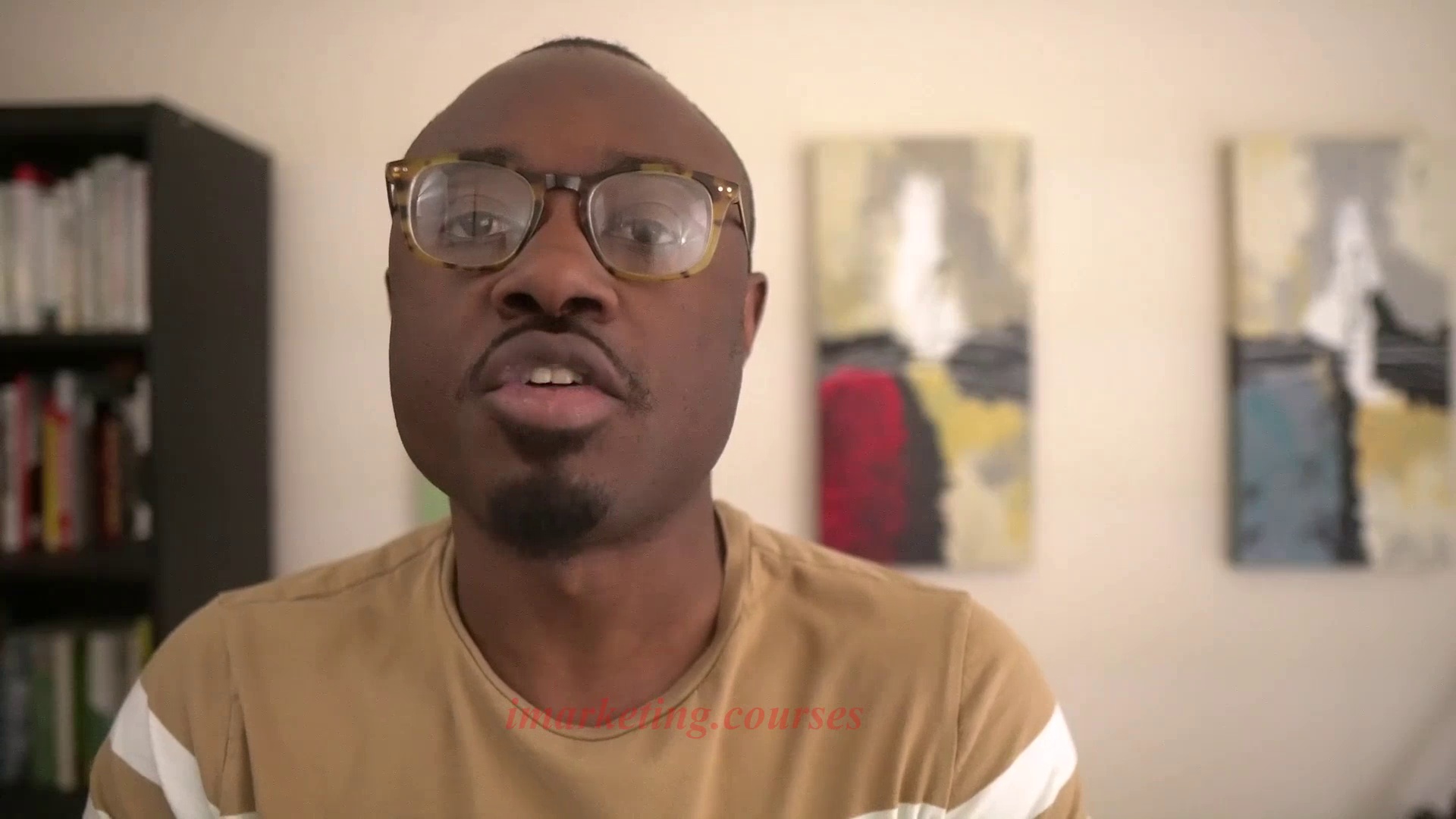
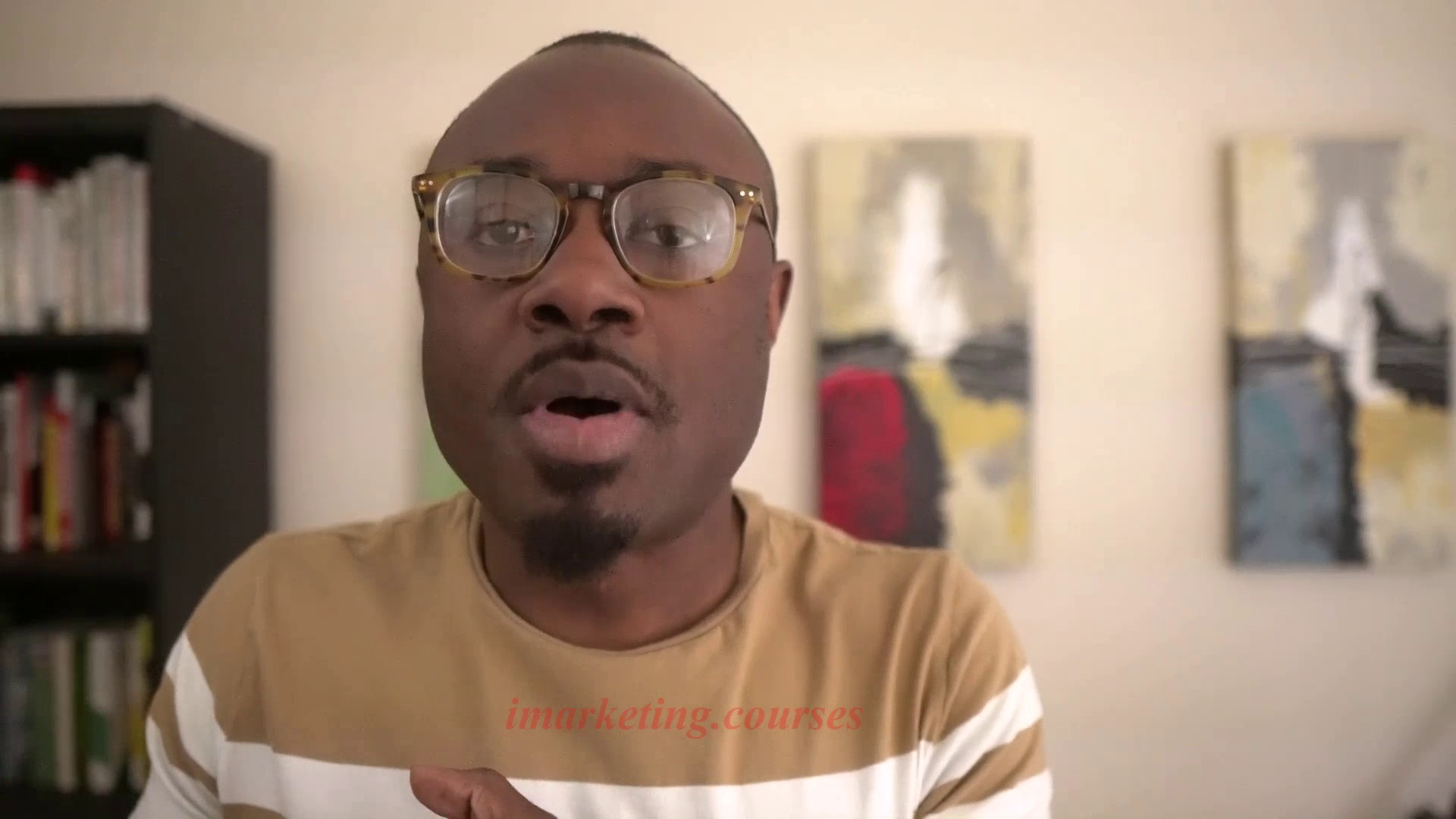
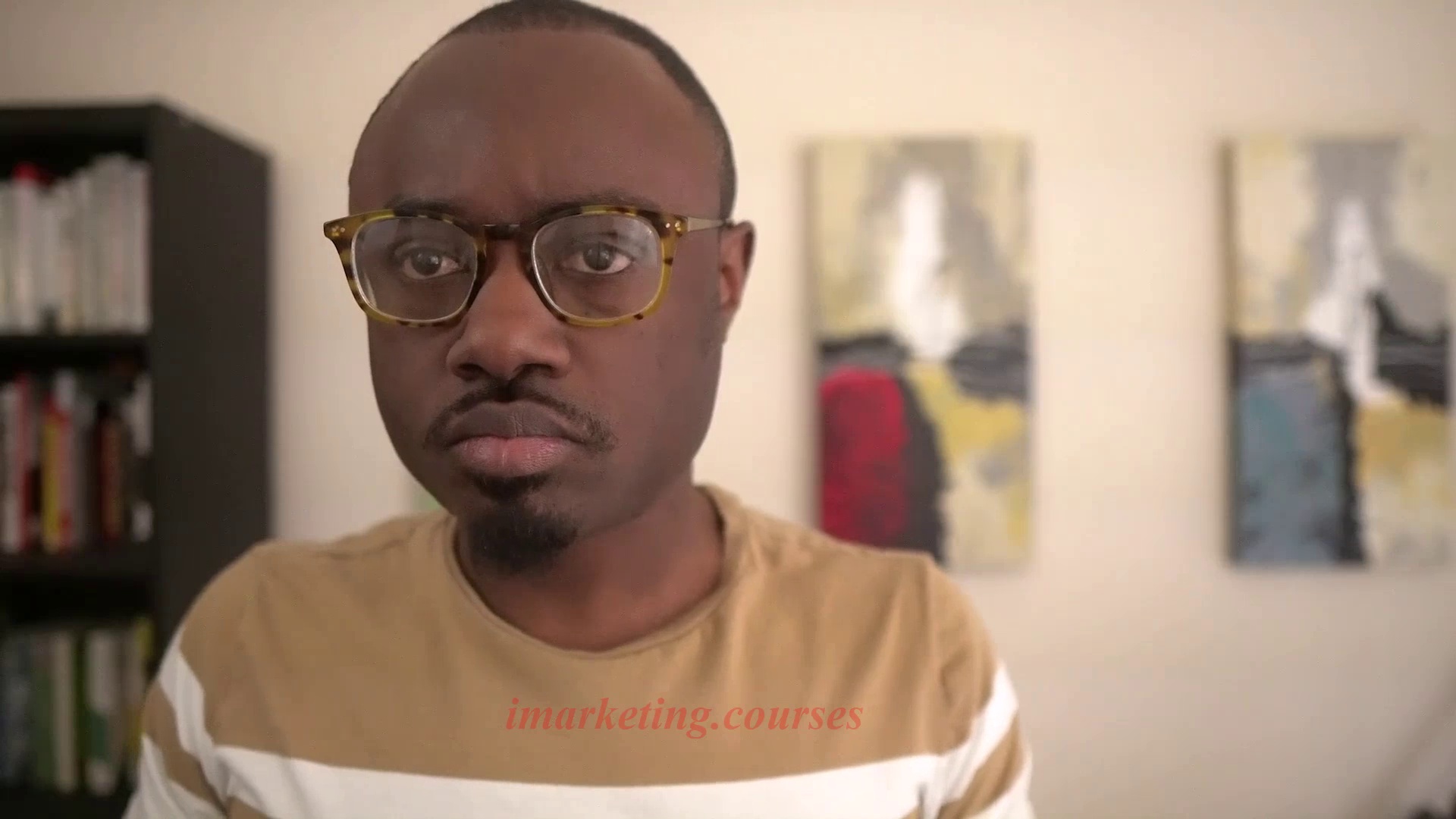
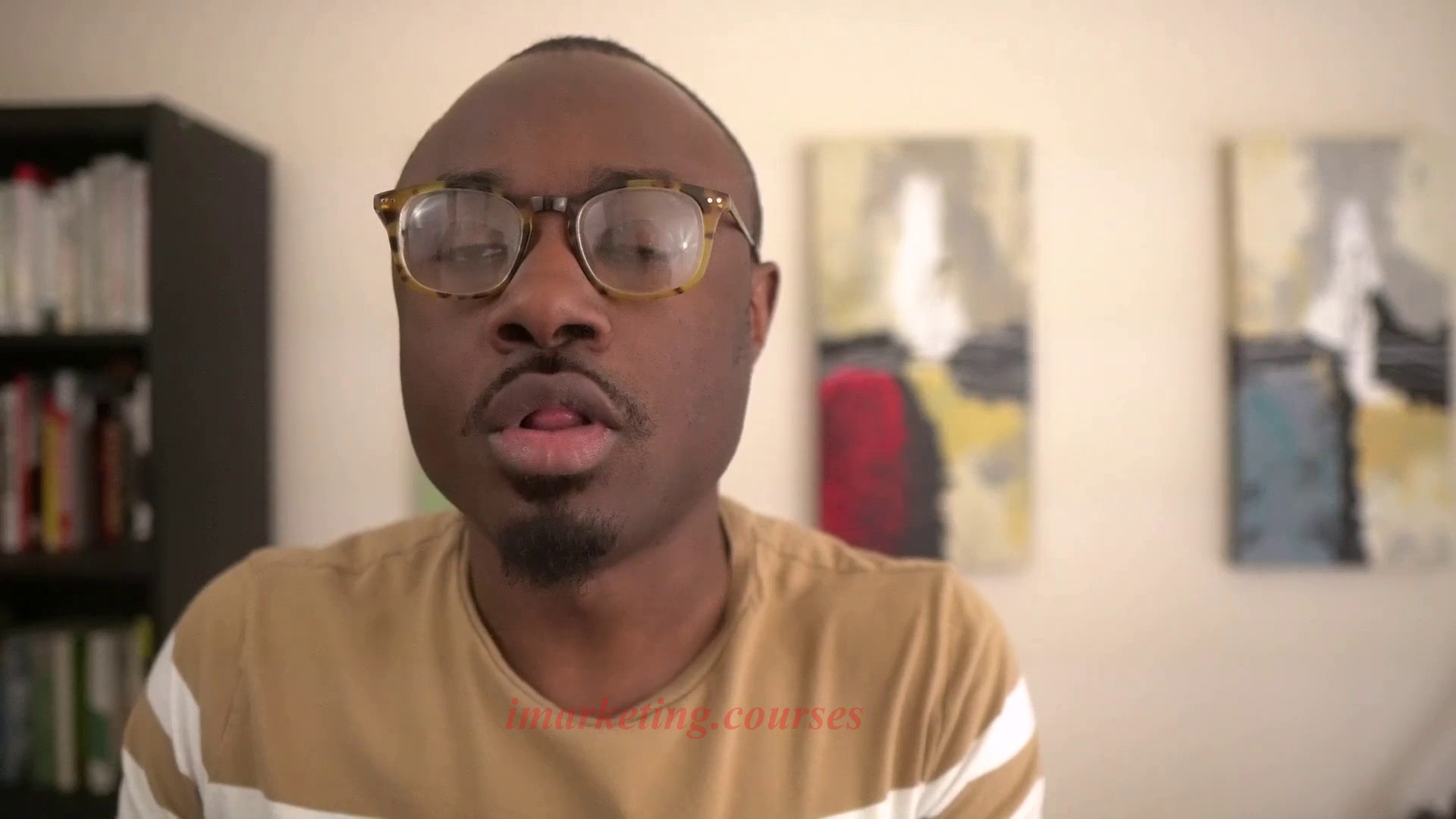
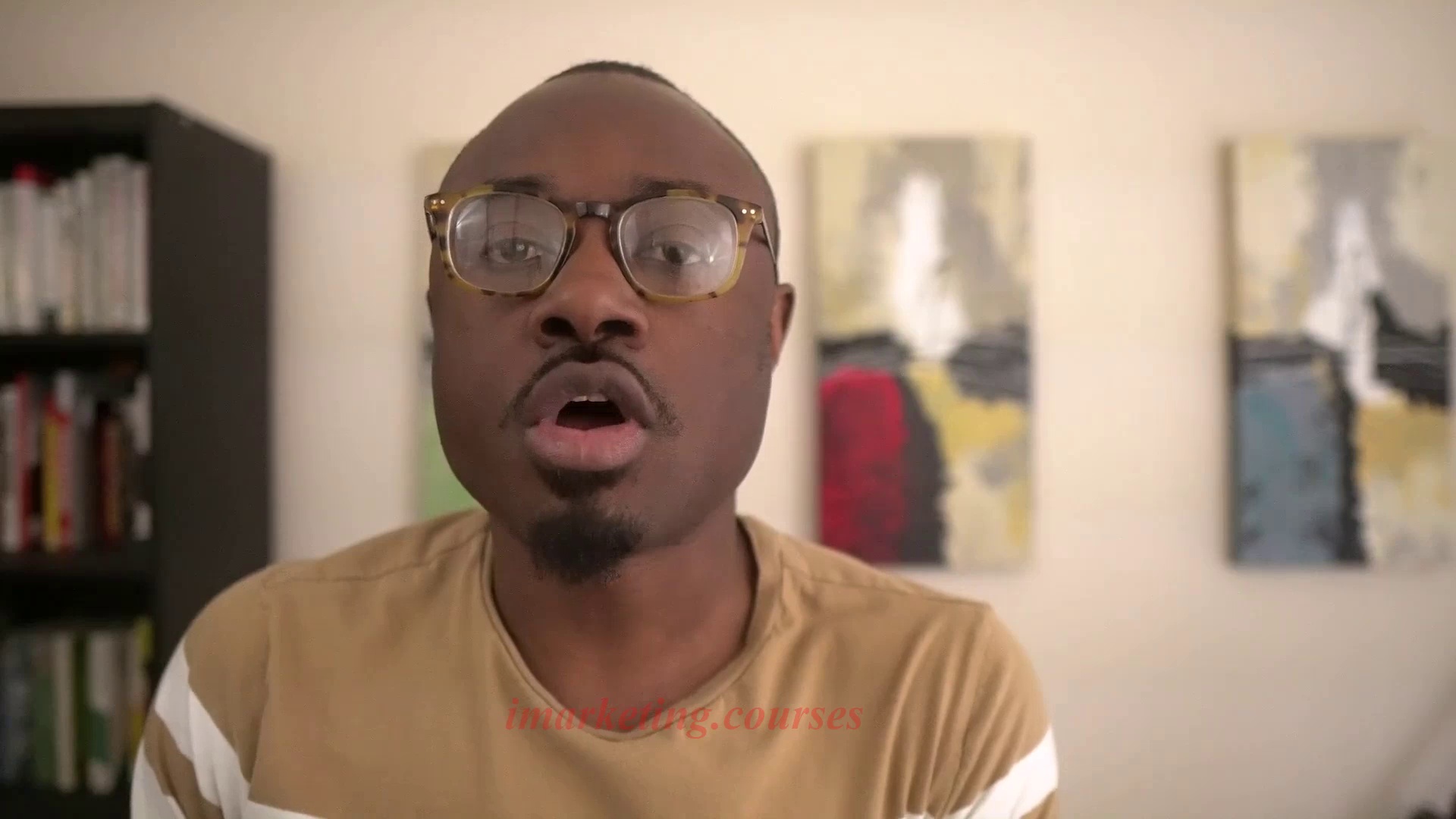
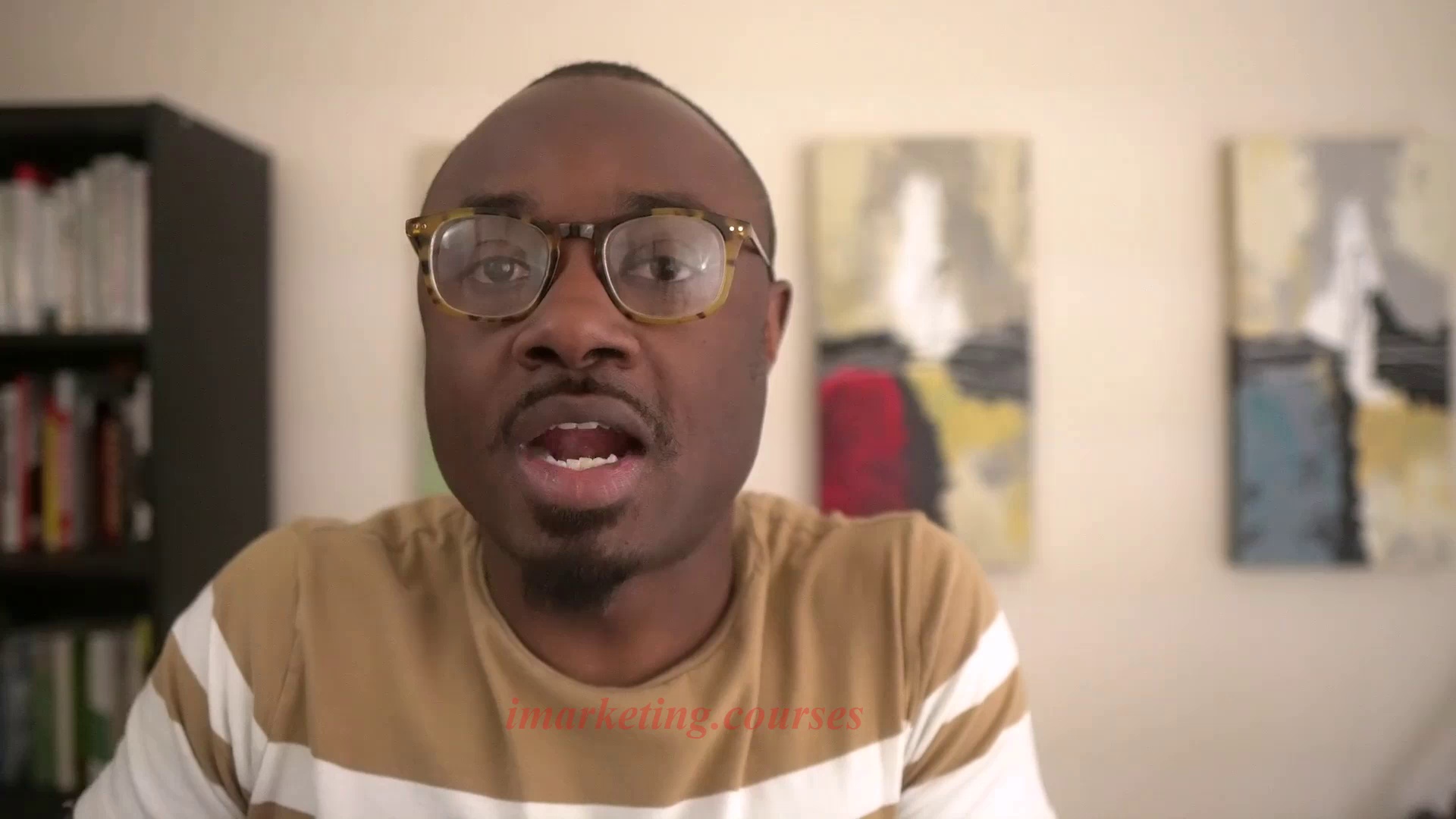
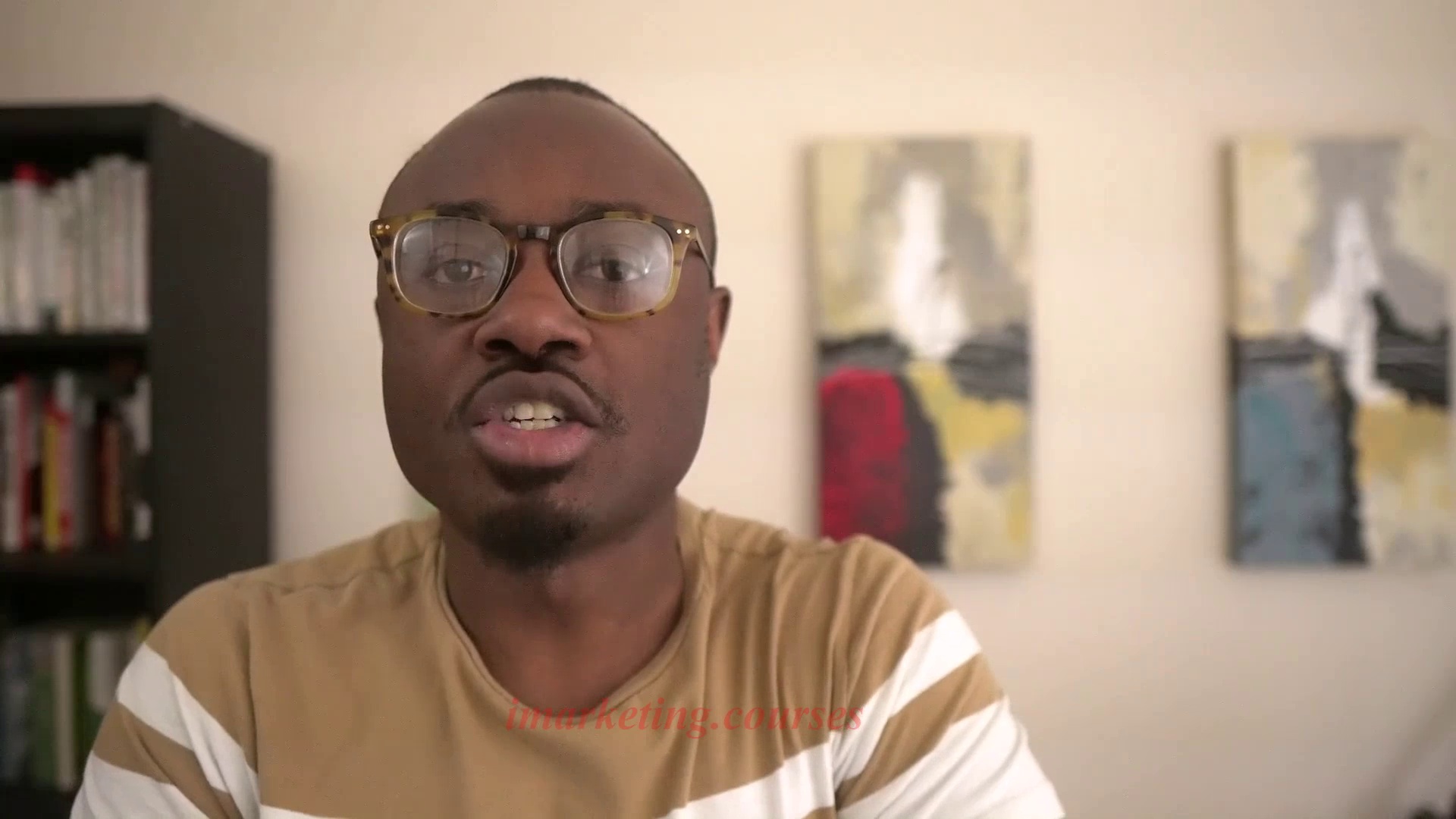
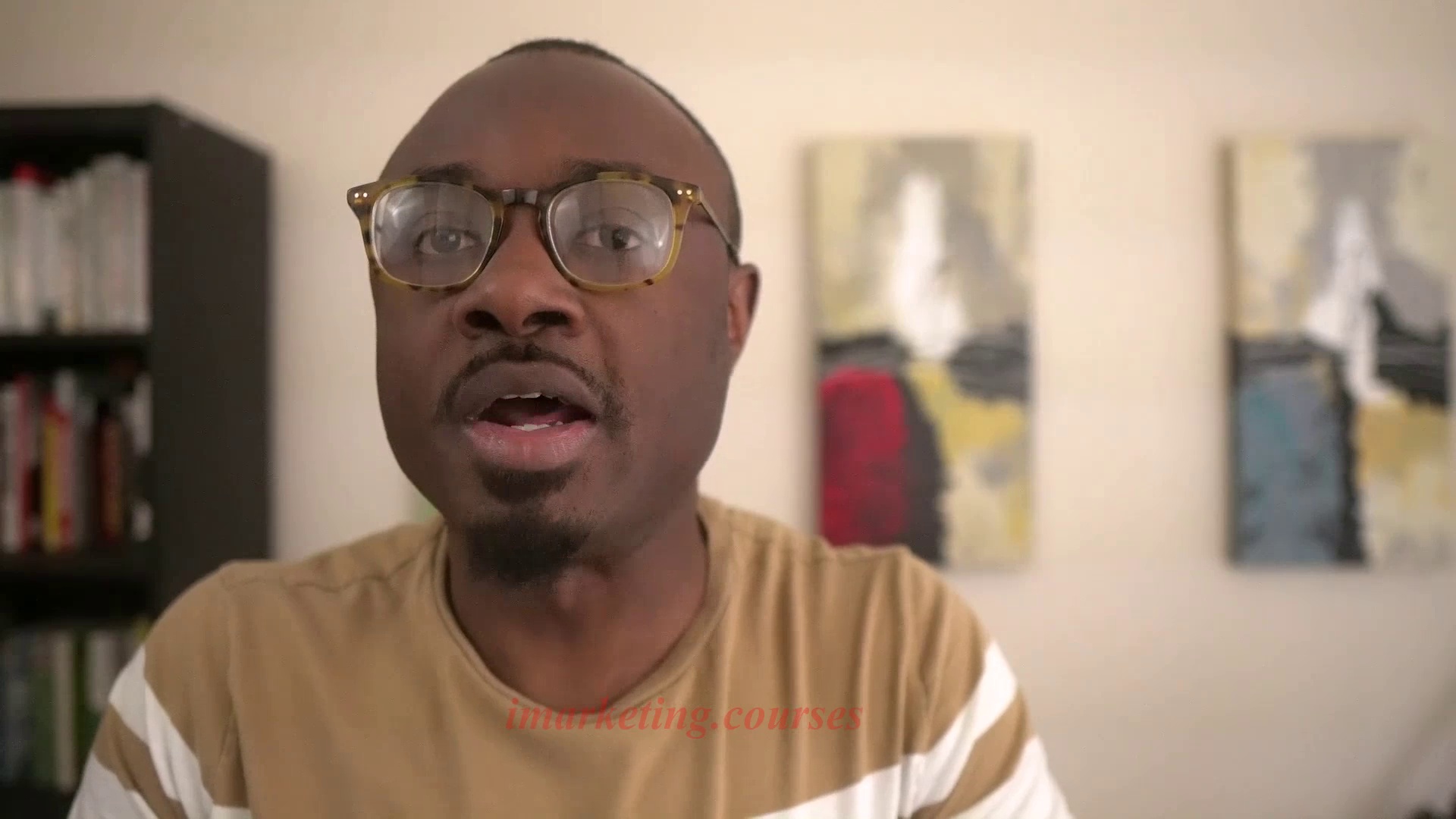
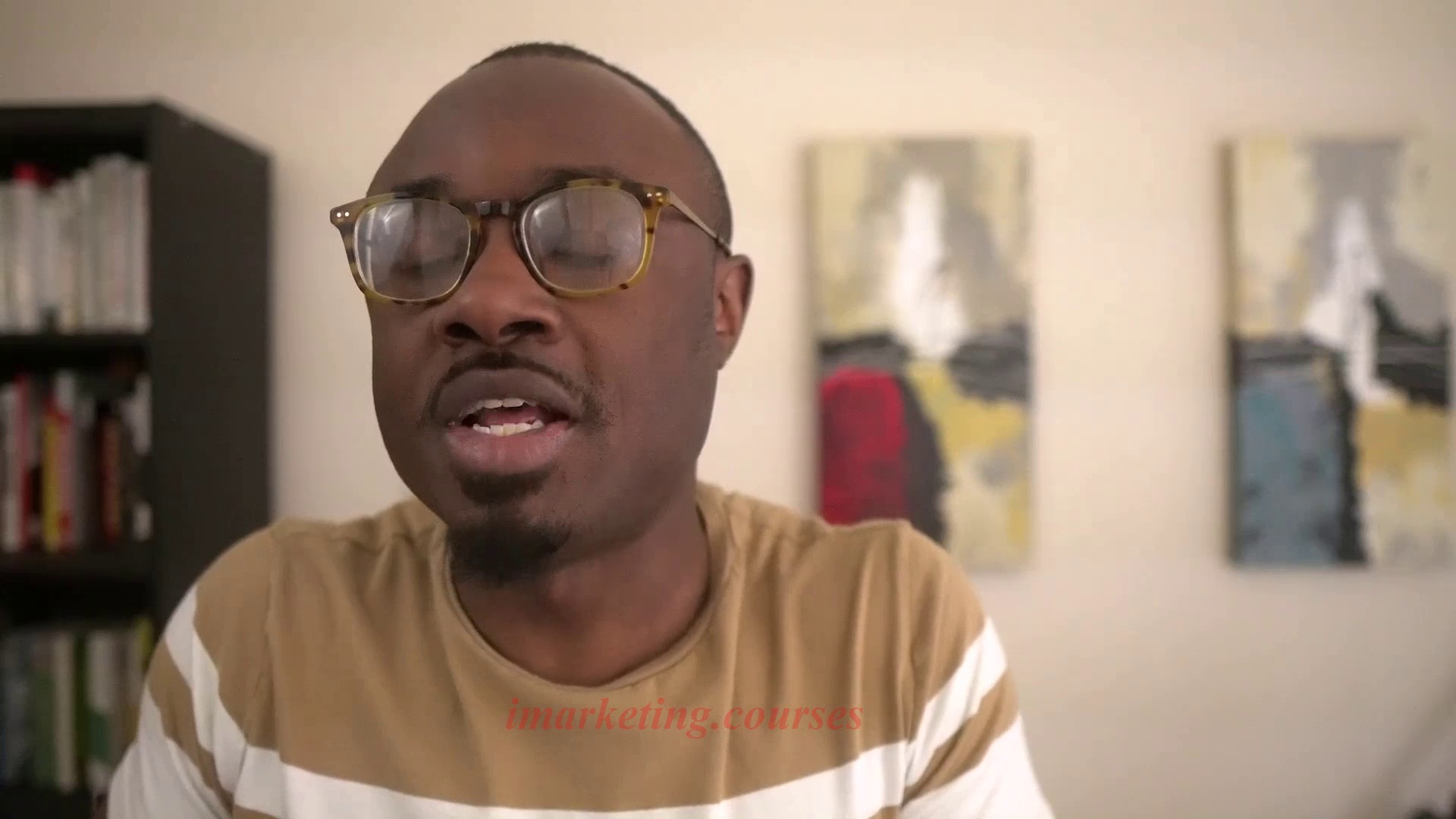
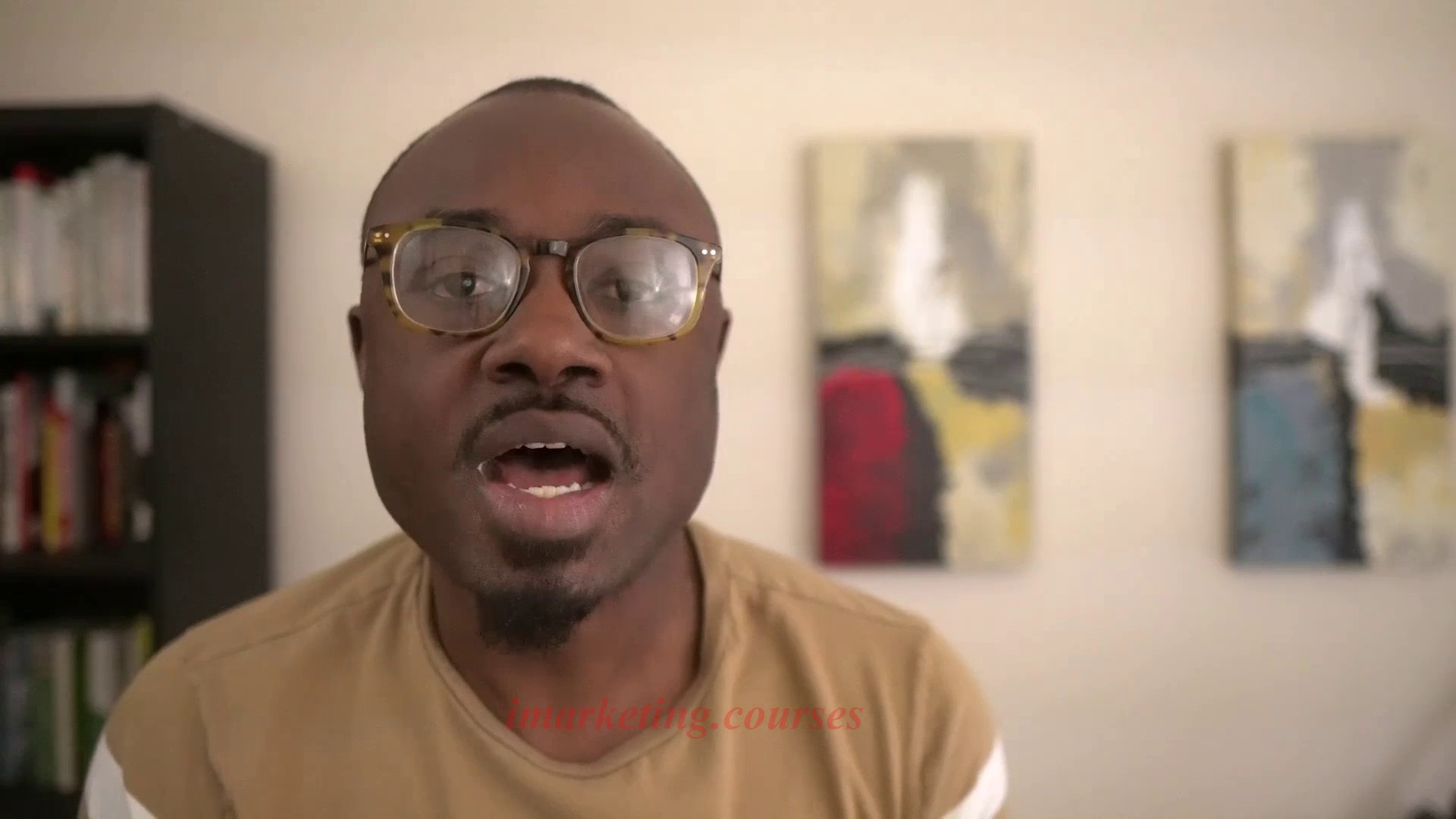
The narrator outlines a blog post structure for making a statement or stance on a topic. The goal is to explain your view, not necessarily give step-by-step advice. Possible examples are stating Bitcoin is the best investment or criticizing Chris Hemsworth's fitness advice.
The process begins with choosing a bold, controversial thesis to spark debate. Then support it with 3 main reasons, and 3 supporting points for each reason. Sprinkle in data, studies, quotes from experts, personal anecdotes, or examples to back up your stance.
Controversial topics that divide people can generate engagement on Medium. Comments and claps signal to the algorithm it's an interesting debate. The bolder the statement, the better.
.Medium Writing - Part 3



















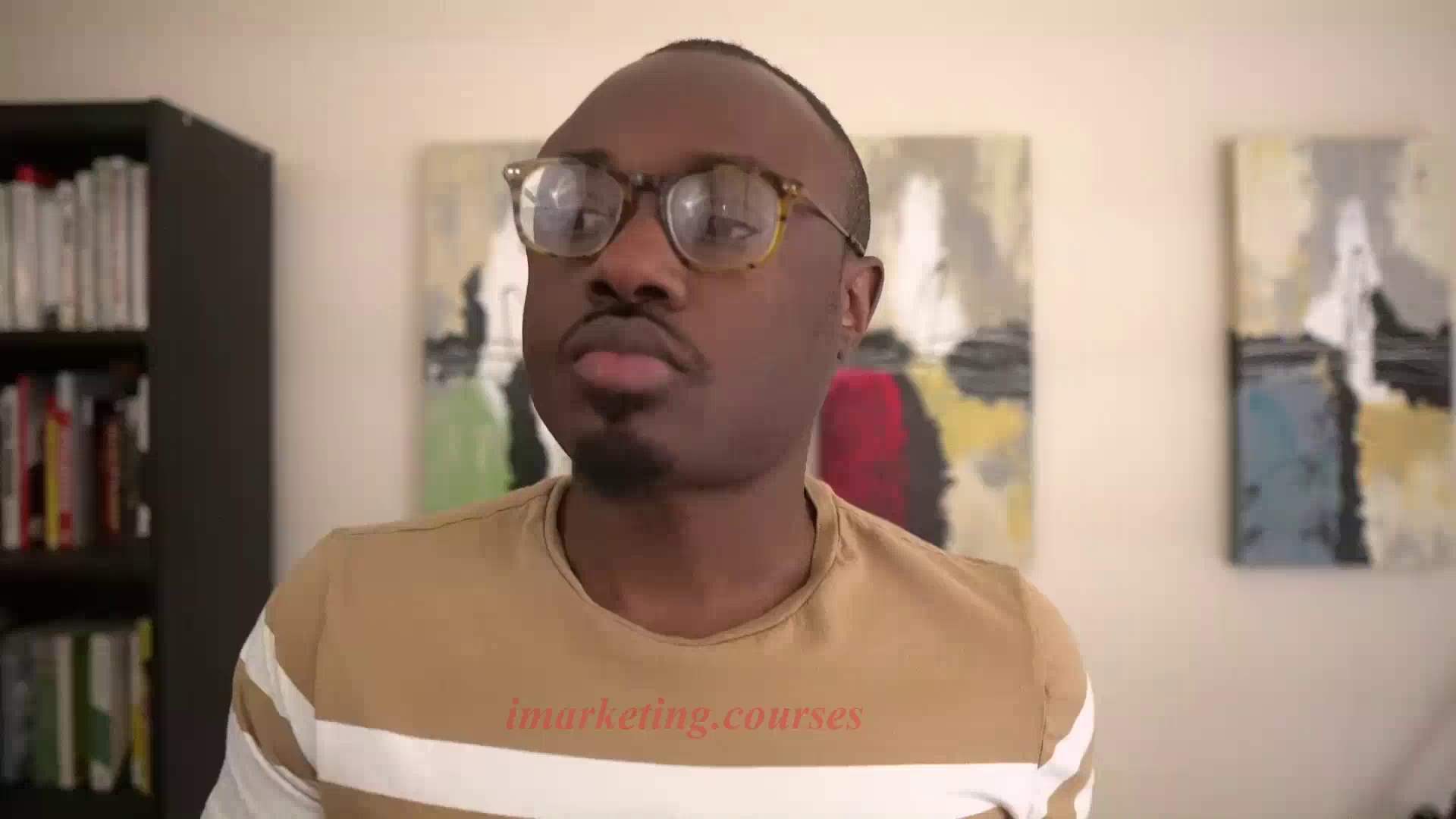
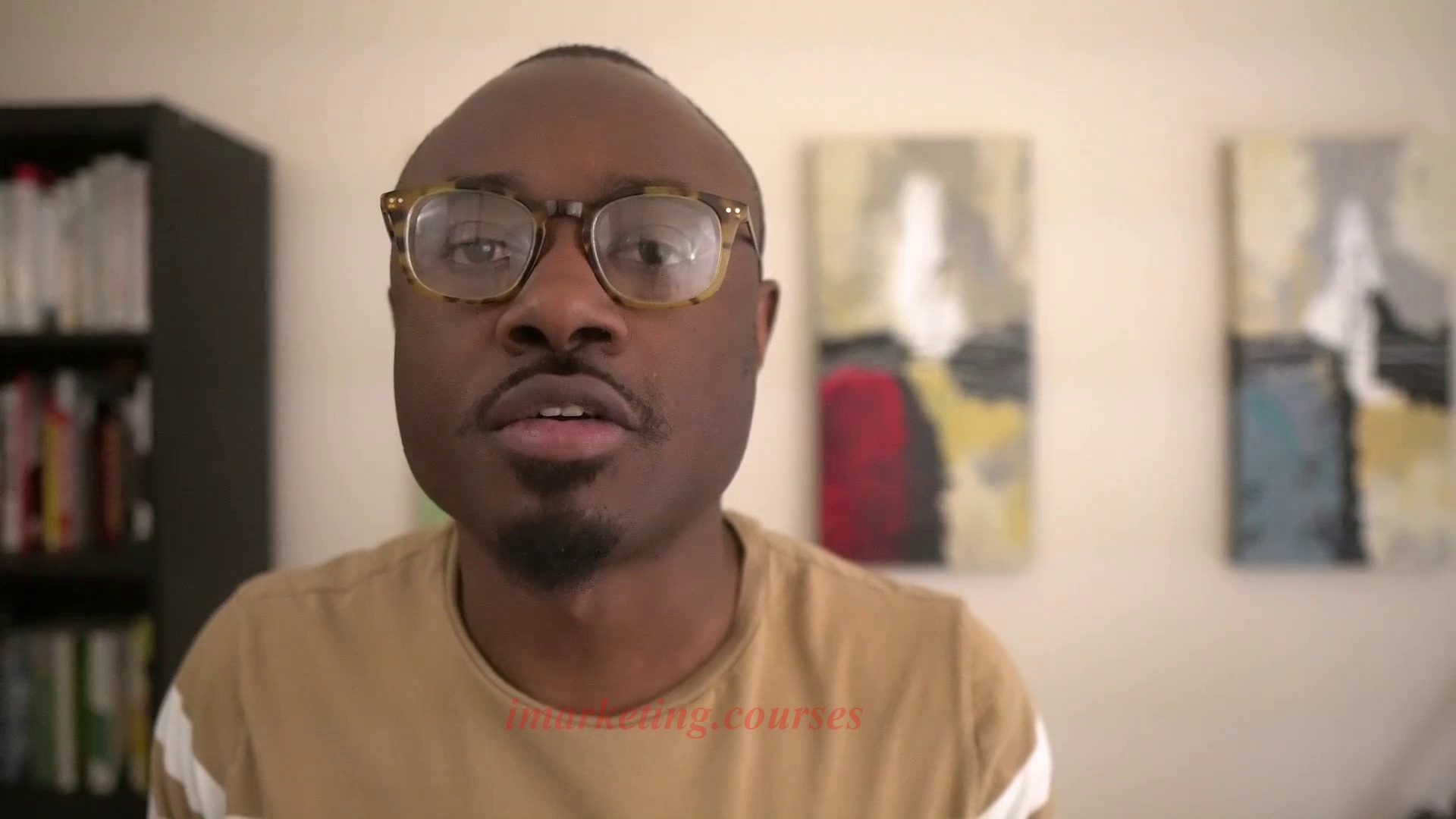
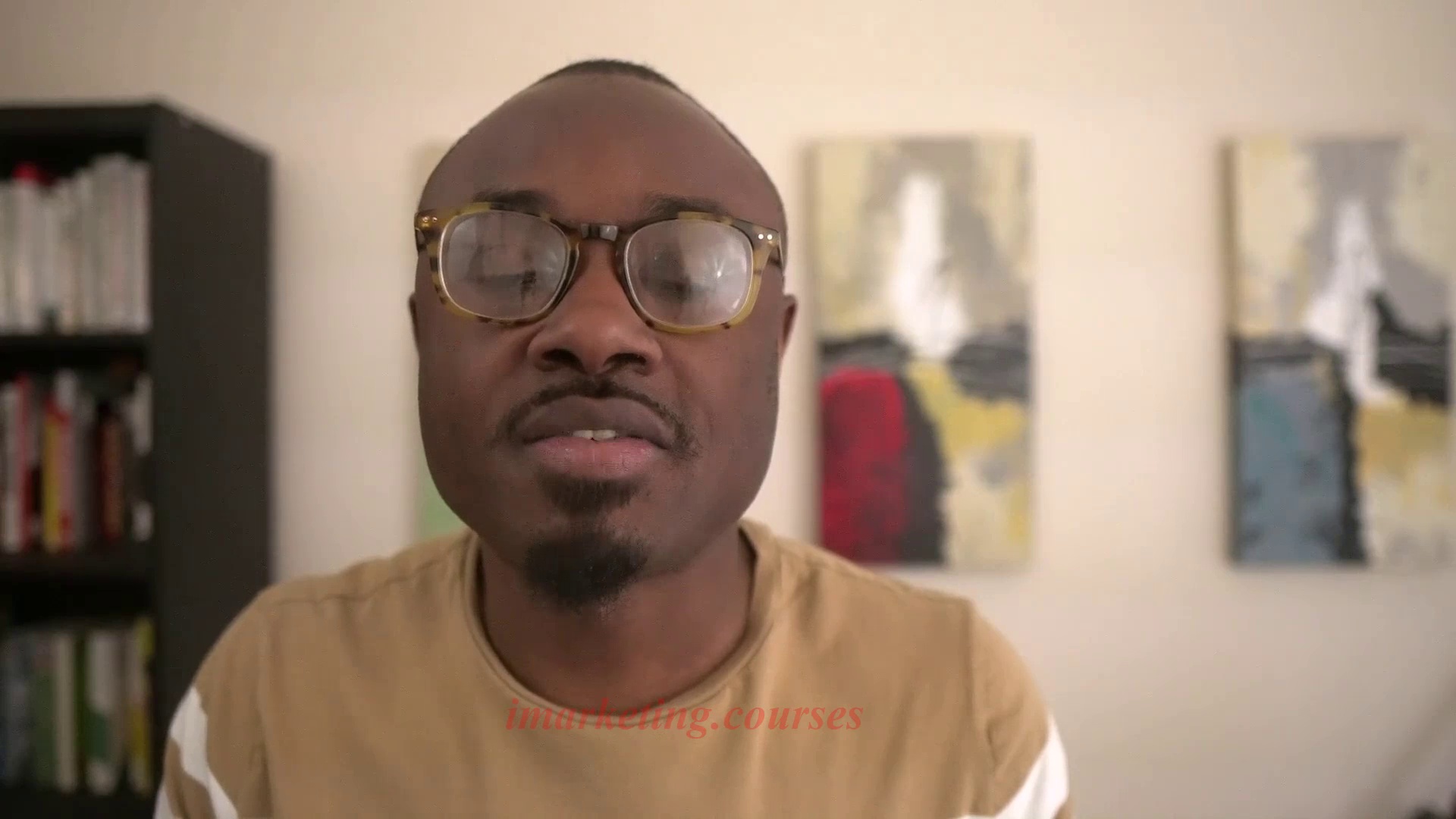
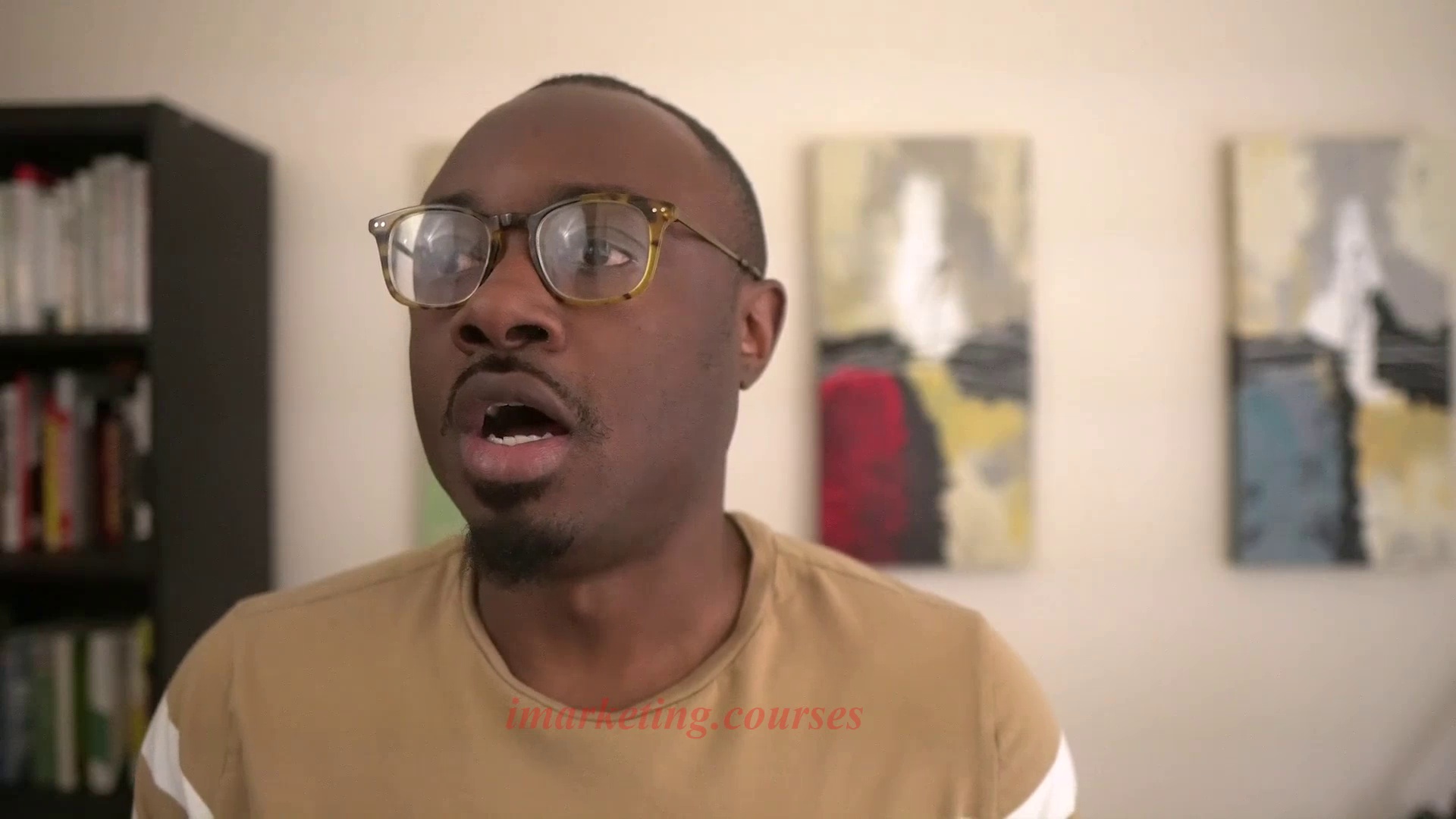
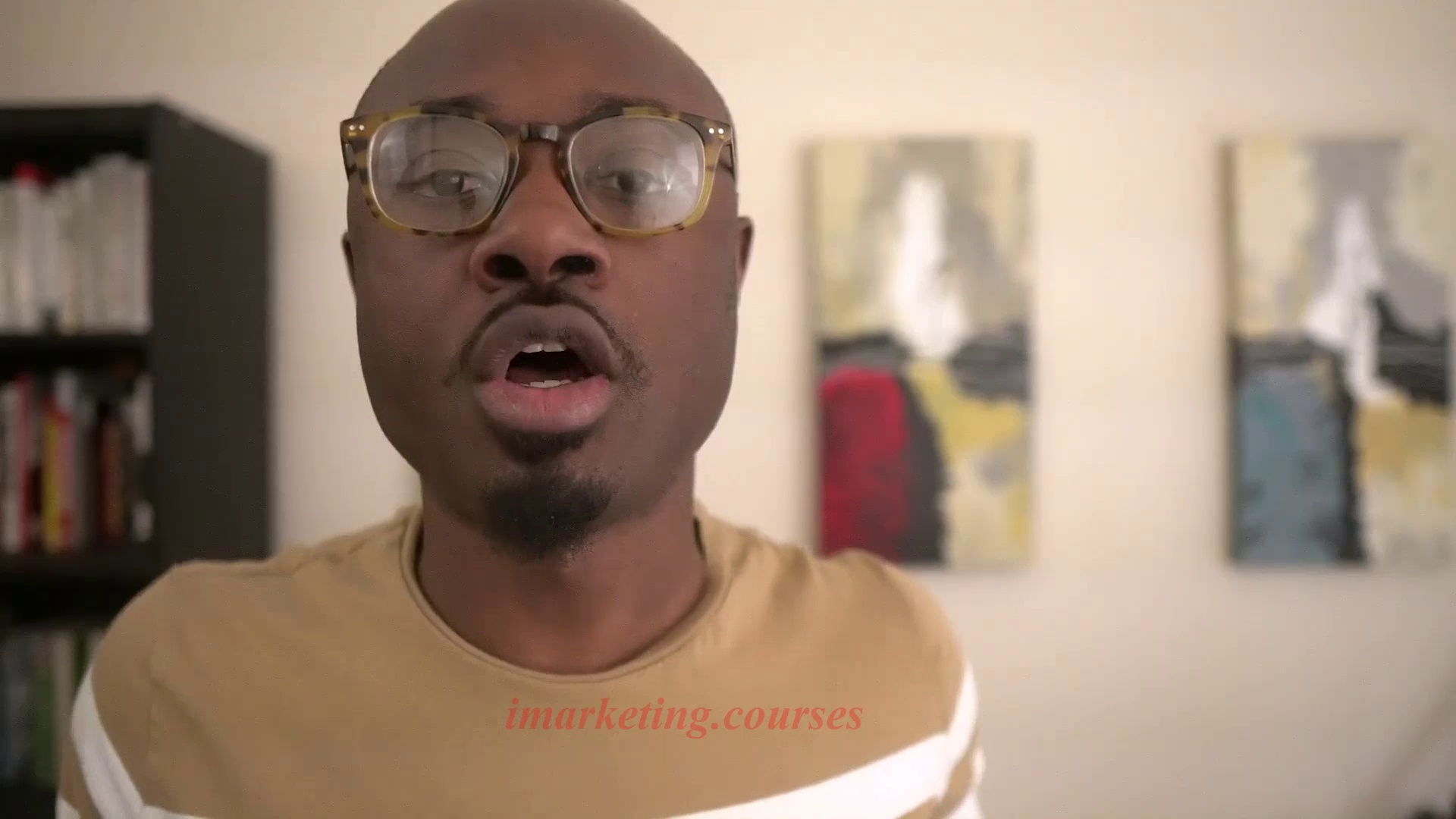
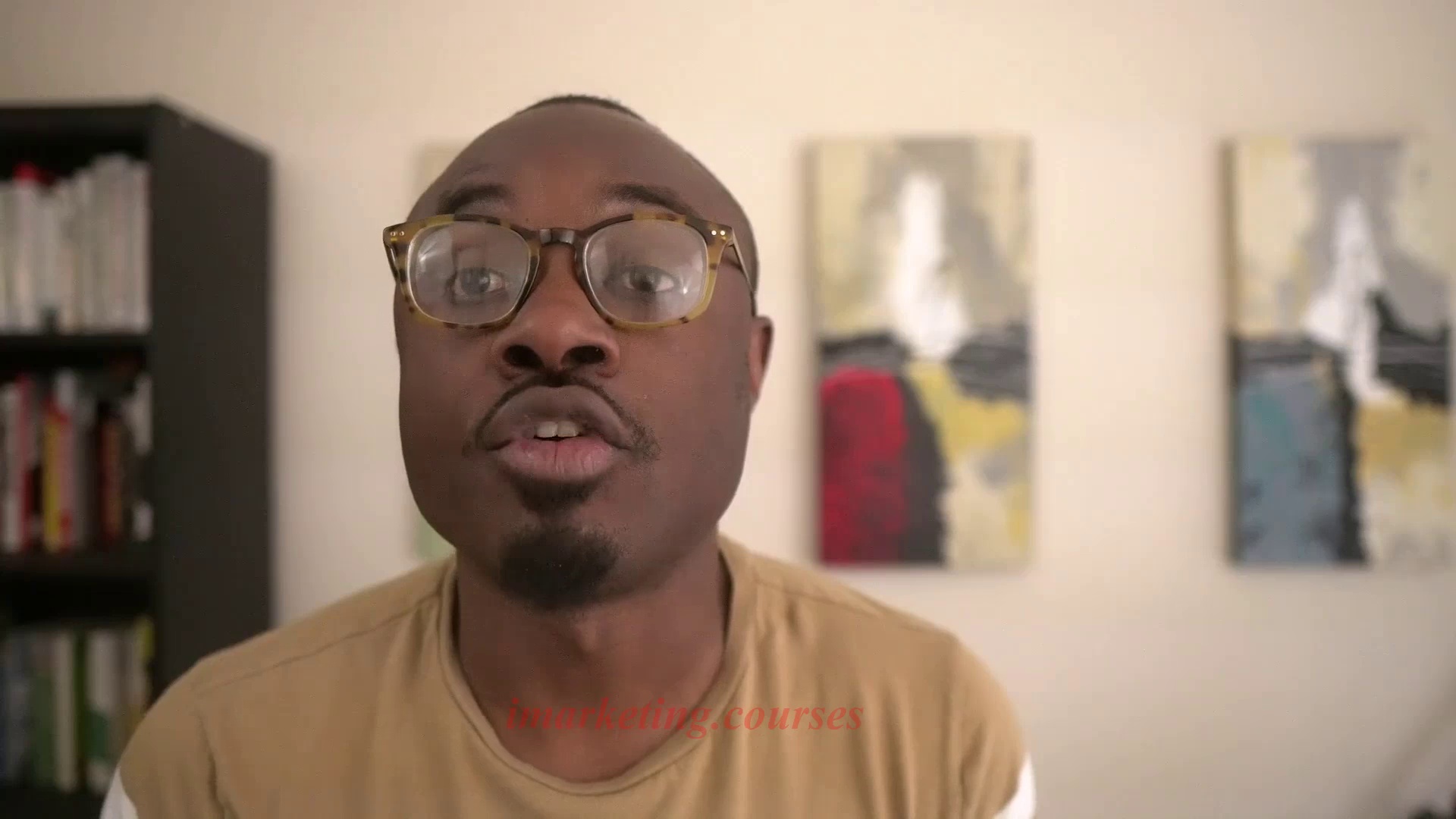
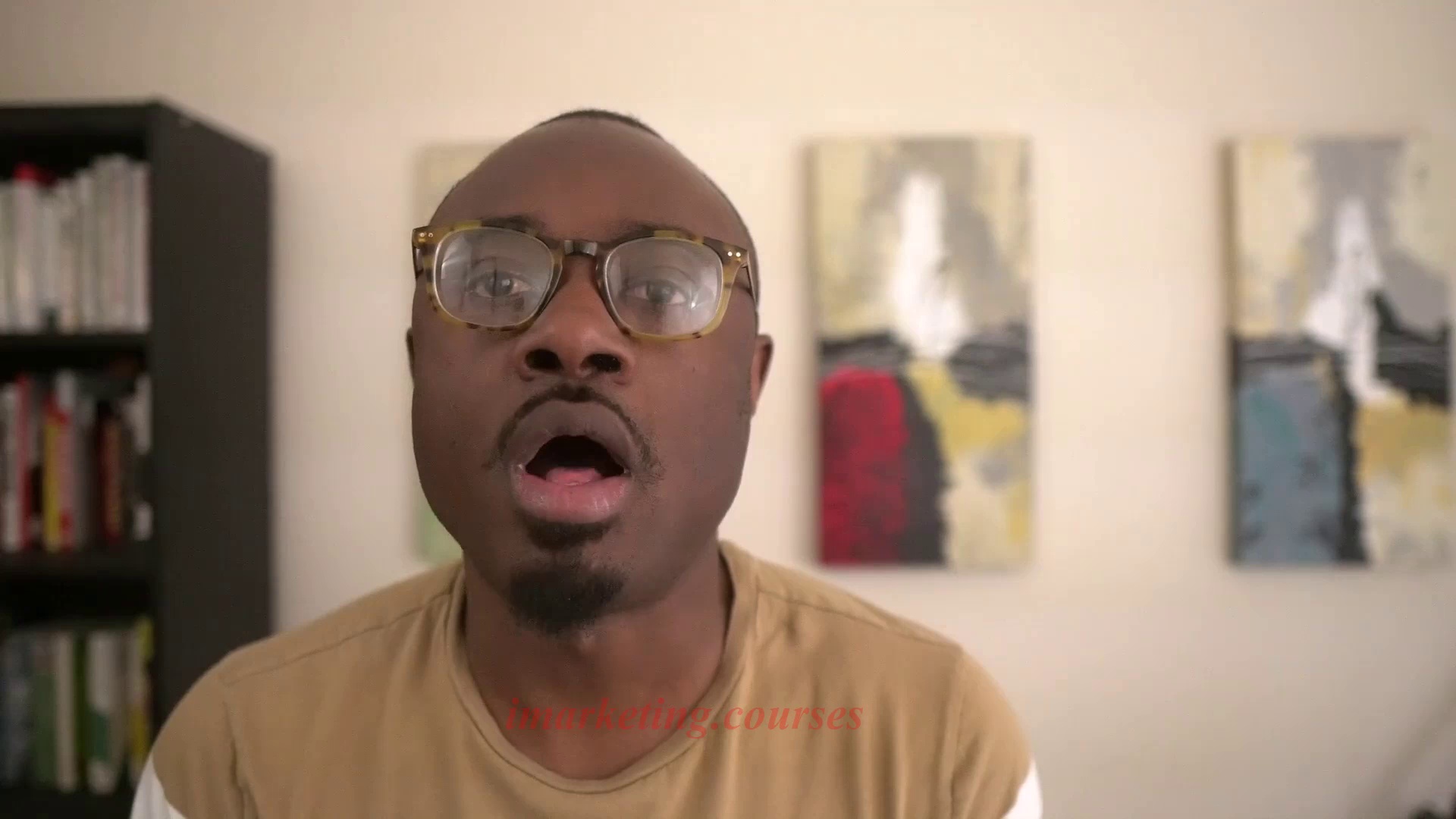
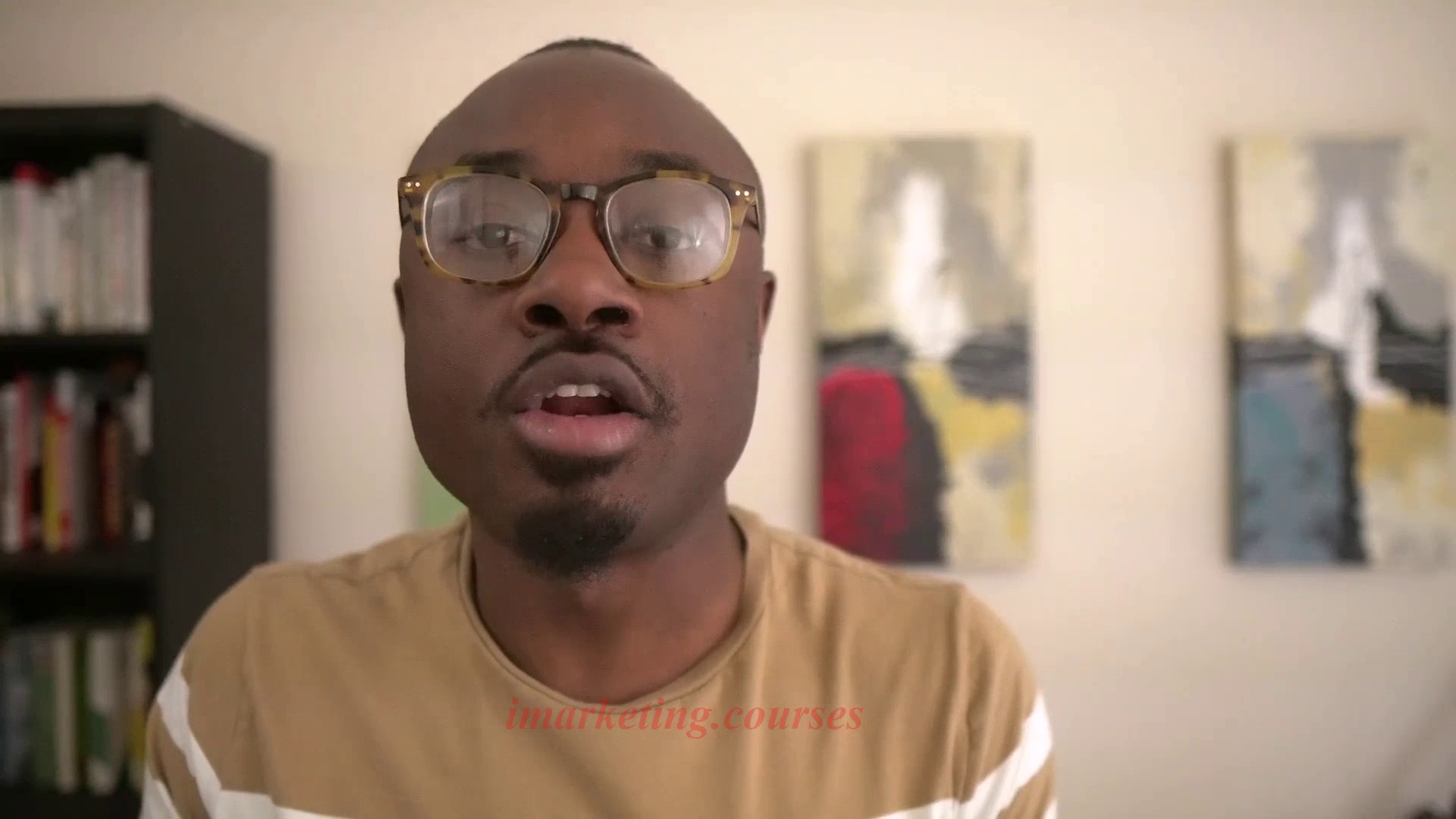
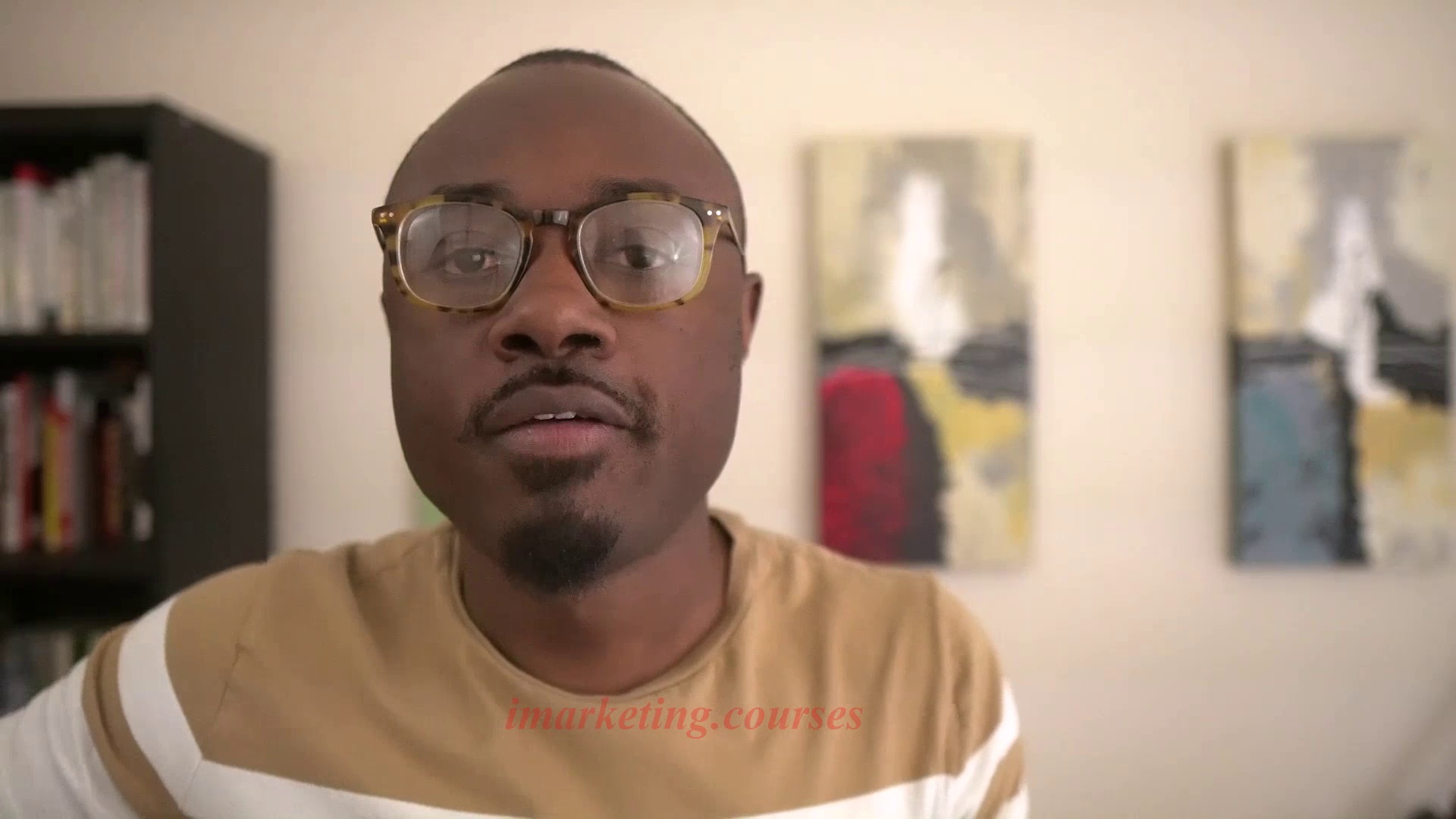
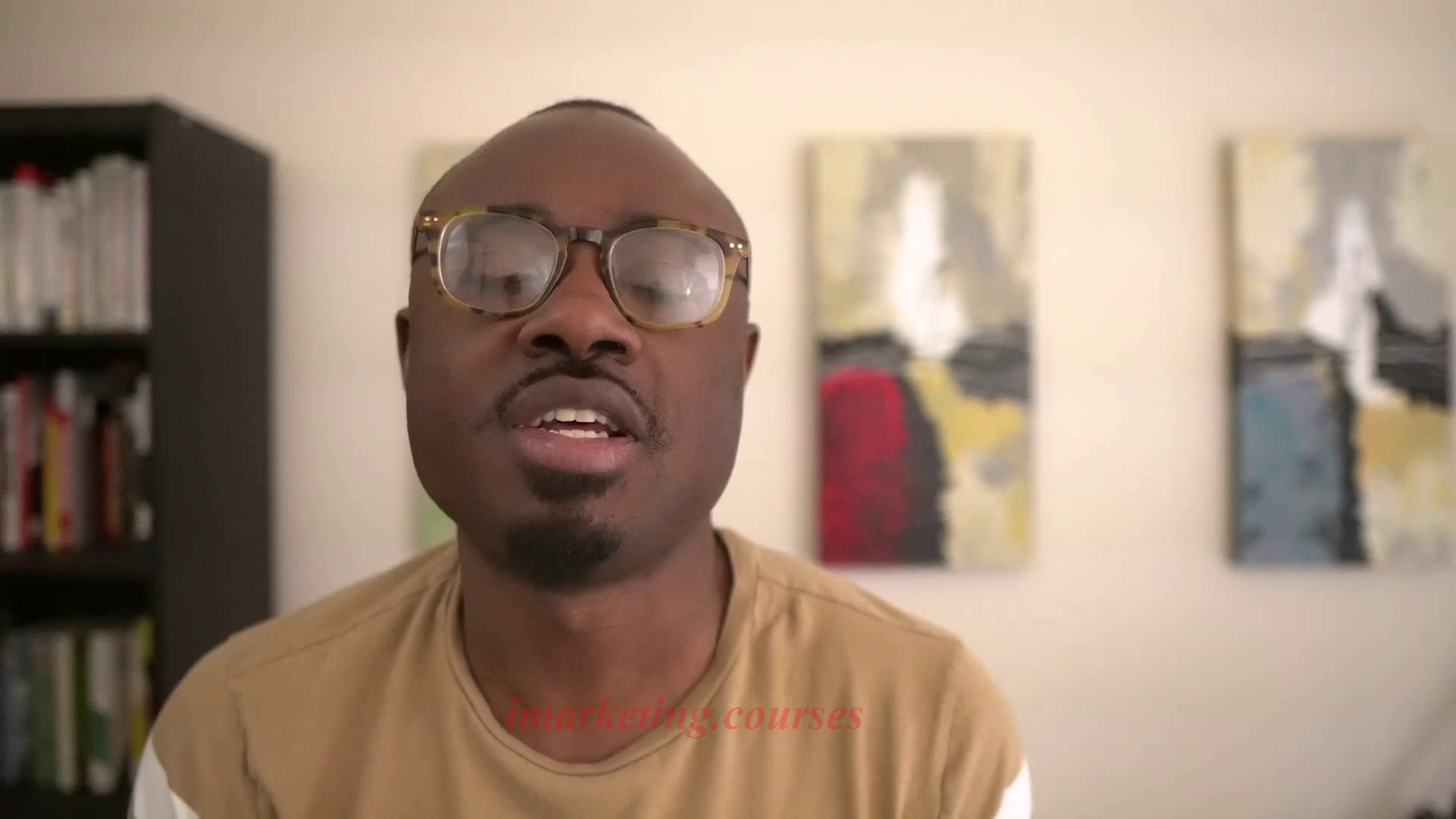
The narrator recommends building a writing career on Medium for 1-2 years before publishing your first book, to improve writing quality and build an email list to market the book to. He suggests aiming for 1,000 email subscribers before launching a book.
It took the narrator 90 days to publish his first book by following the Self-Publishing School process. His second book took 6 months and his third, more extensive book took 1 year. He links to helpful resources on researching, writing, editing, formatting, cover design, etc.
Key steps are: research the market to validate your book idea; outline extensively; write the first draft continuously over 30-60 days; self-edit, read aloud, and get a professional edit; finalize the title, descriptions, and other package elements; build a launch team to leave reviews; create an email funnel and marketing assets to promote it.
On launch day, price at 99 cents to spike sales and impress the Amazon algorithm, then raise the price. Continue marketing through emails, blogging, interviews, videos, etc. Refer to his linked resources for more details on the book publishing process.
.Medium Writing - Part 4






























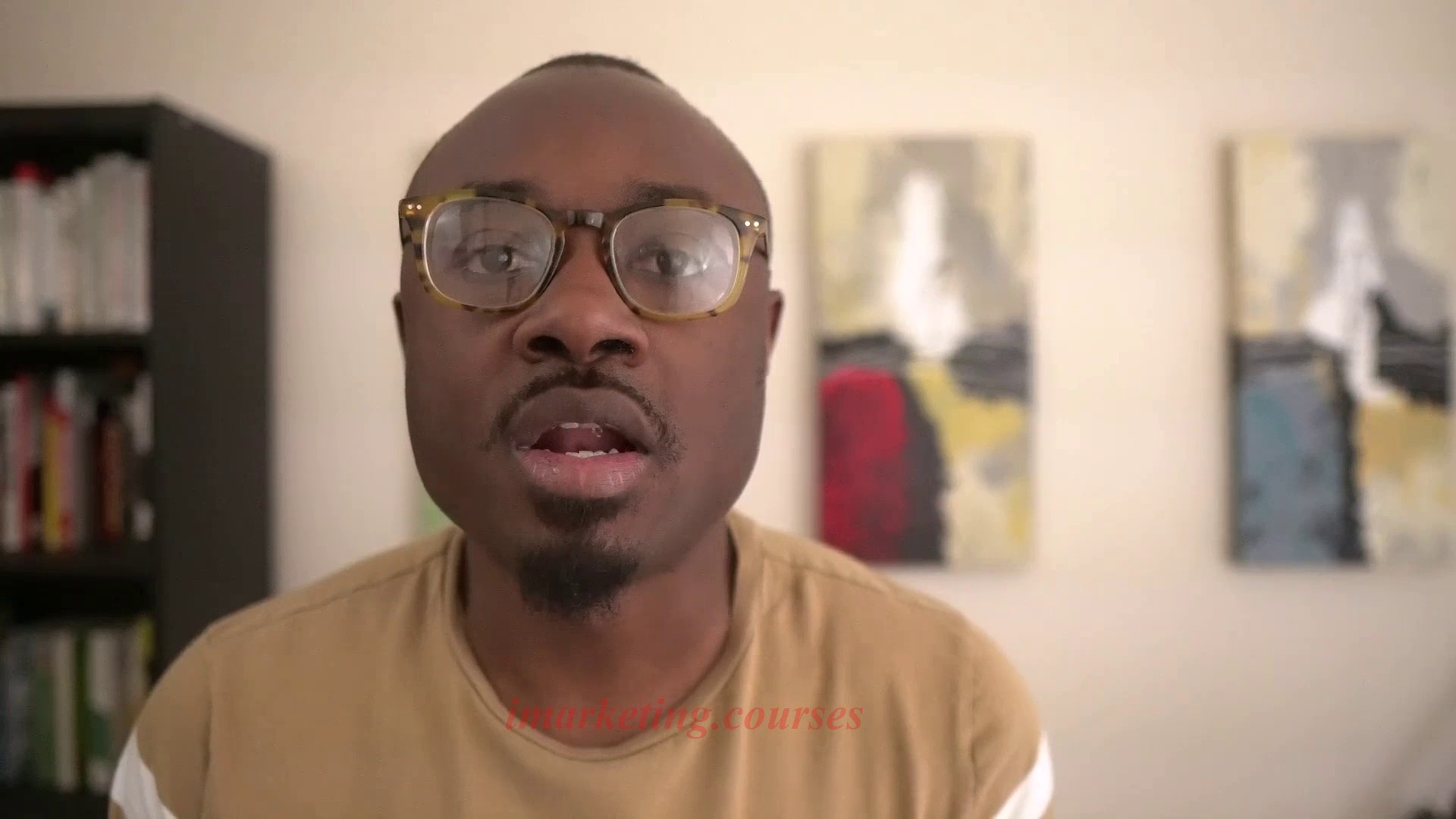
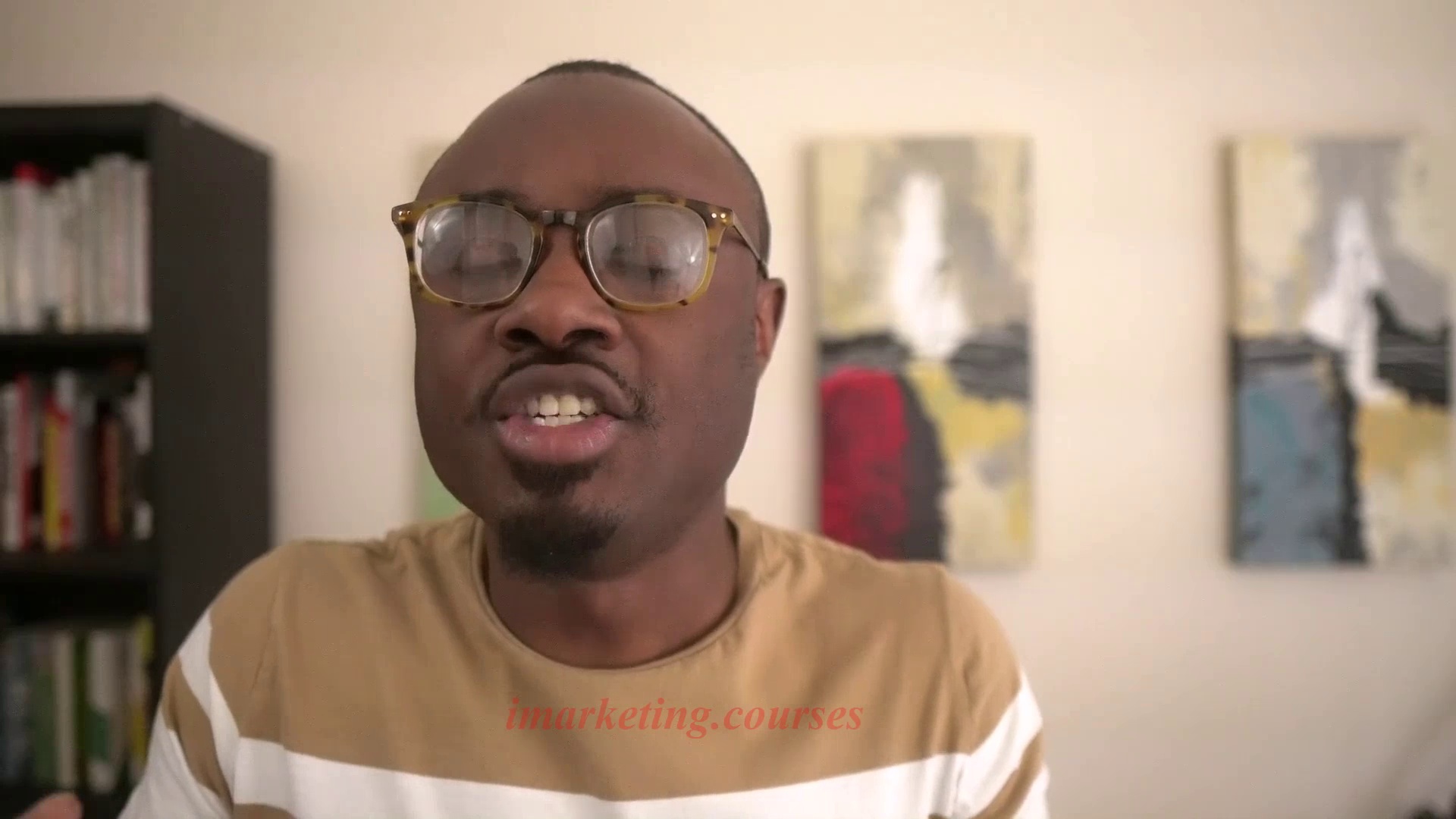
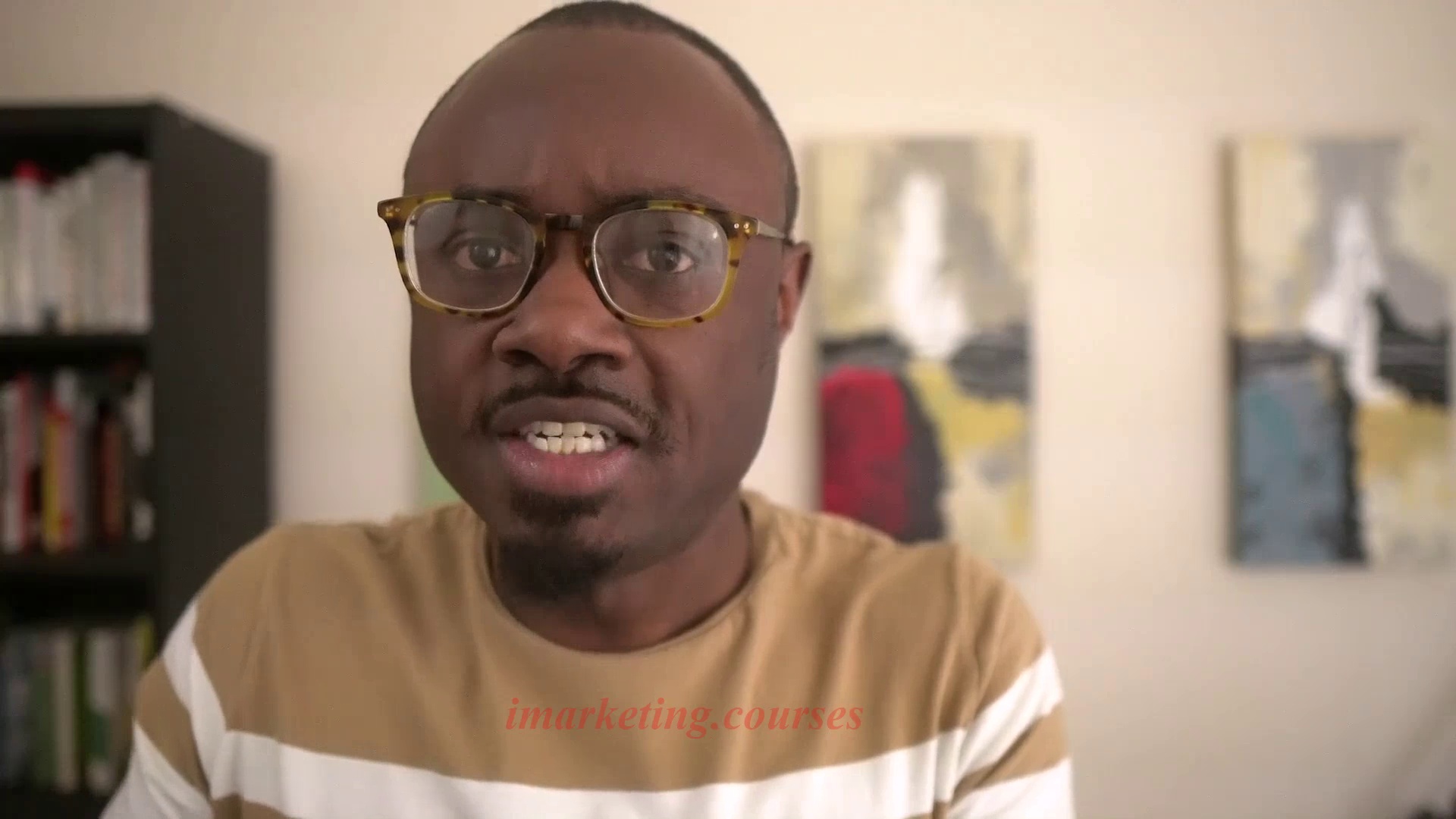
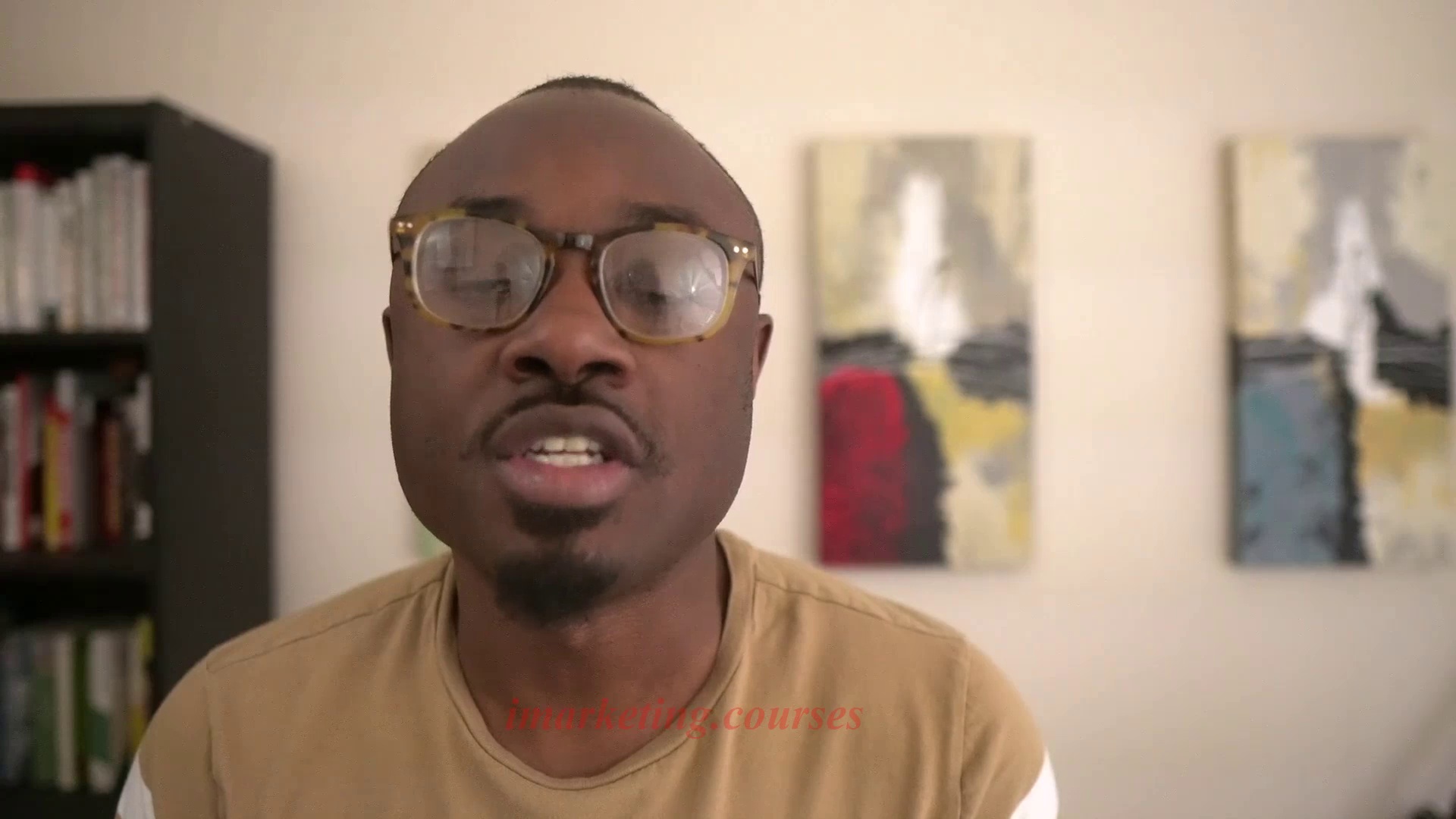
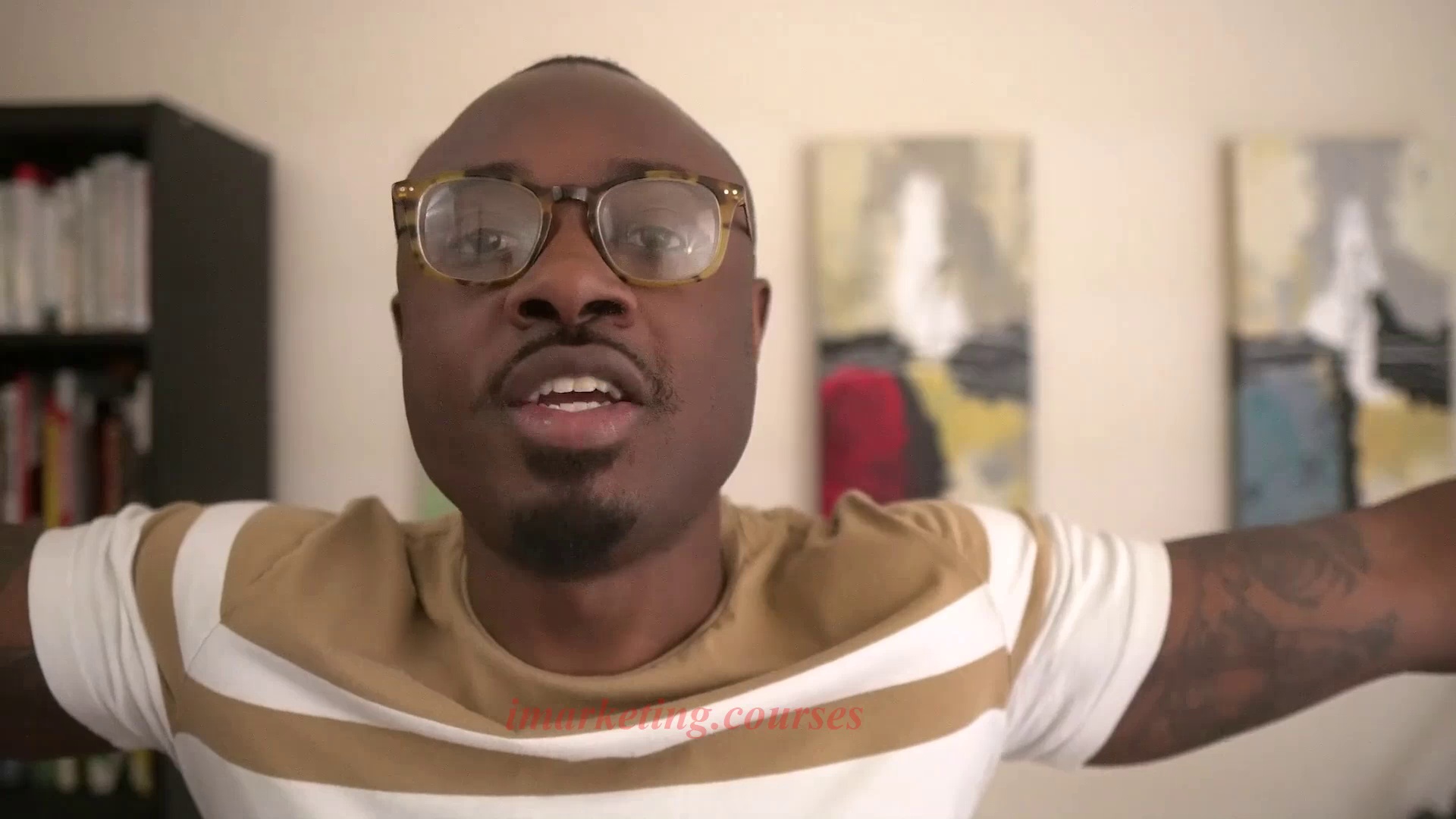
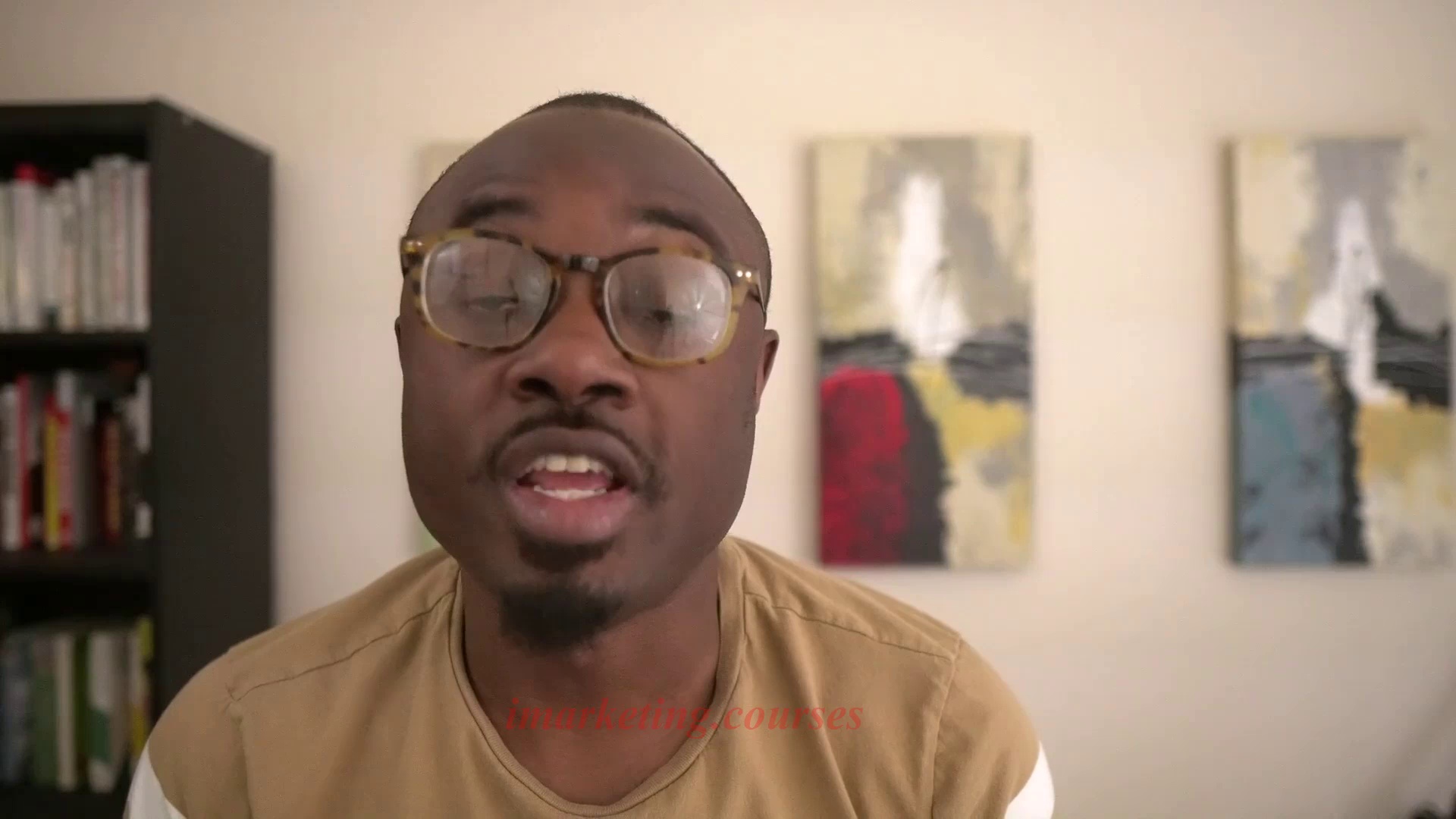
The narrator discusses creating coaching, consulting, or online course businesses based on one's writing and knowledge. This can establish credibility and generate leads for additional income streams.
Strategies include:
- Surveying one's audience to gauge interest and struggles to inform program development
- Validating program ideas by pitching to survey respondents and securing early sign-ups
- Delivering a pilot program, gathering feedback, and improving it before a full launch
- Launching through email campaigns emphasizing benefits and making pitches
- Continually generating leads via email lists to fuel continual sign-ups
This process can take weeks or months. The narrator recommends external resources for more in-depth guidance on launching these businesses.
.Medium Writing - Part 5




































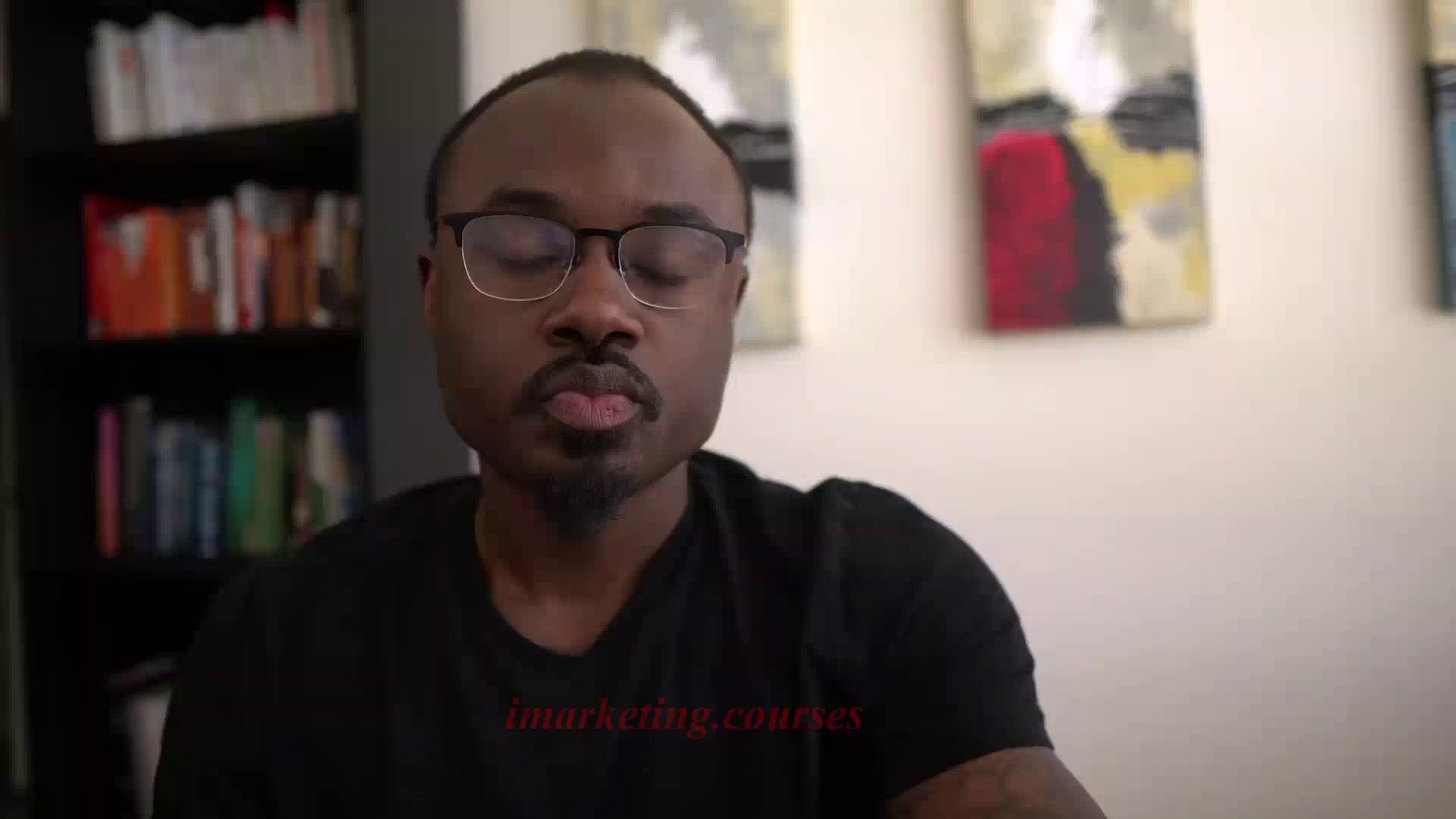
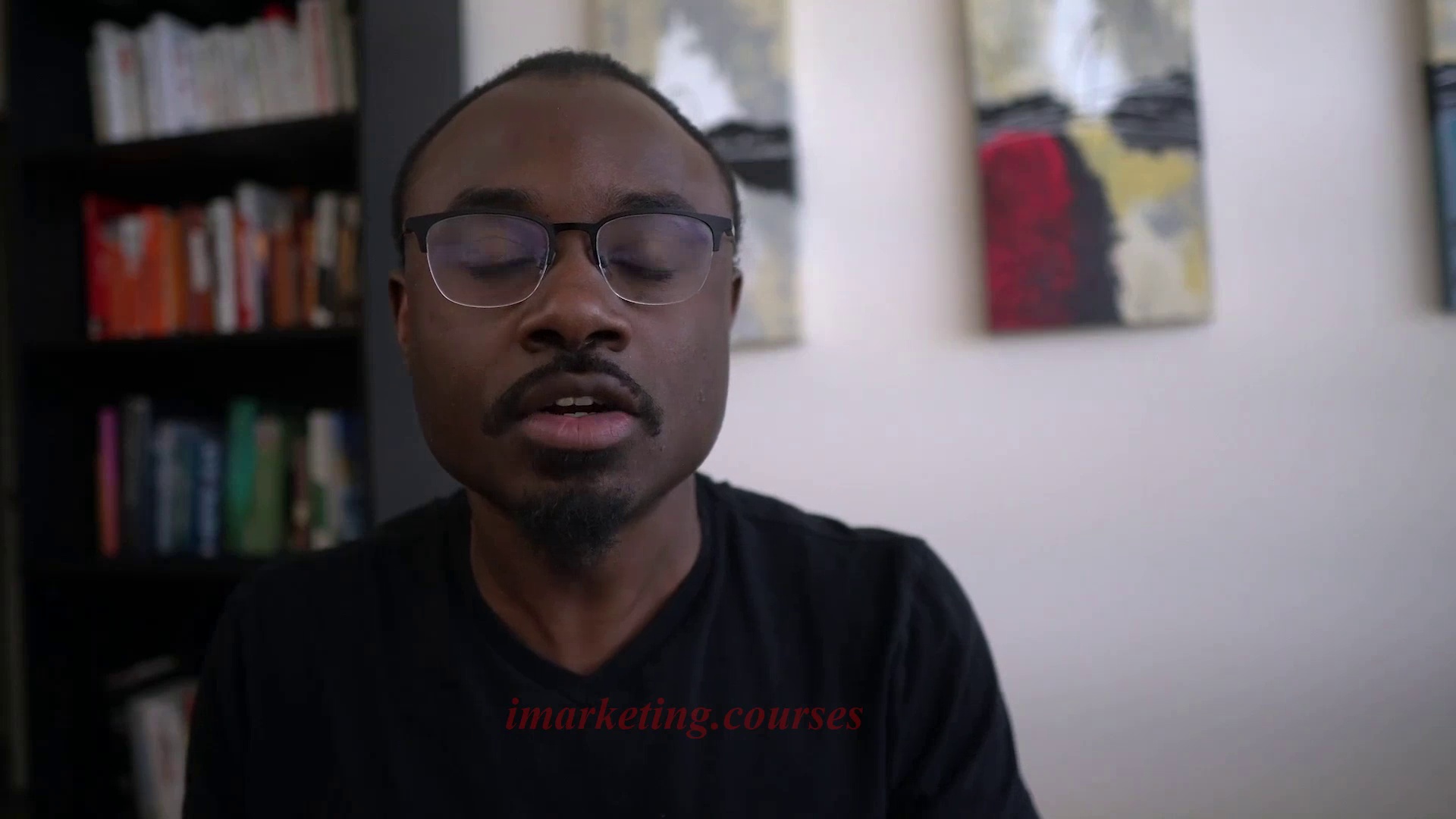
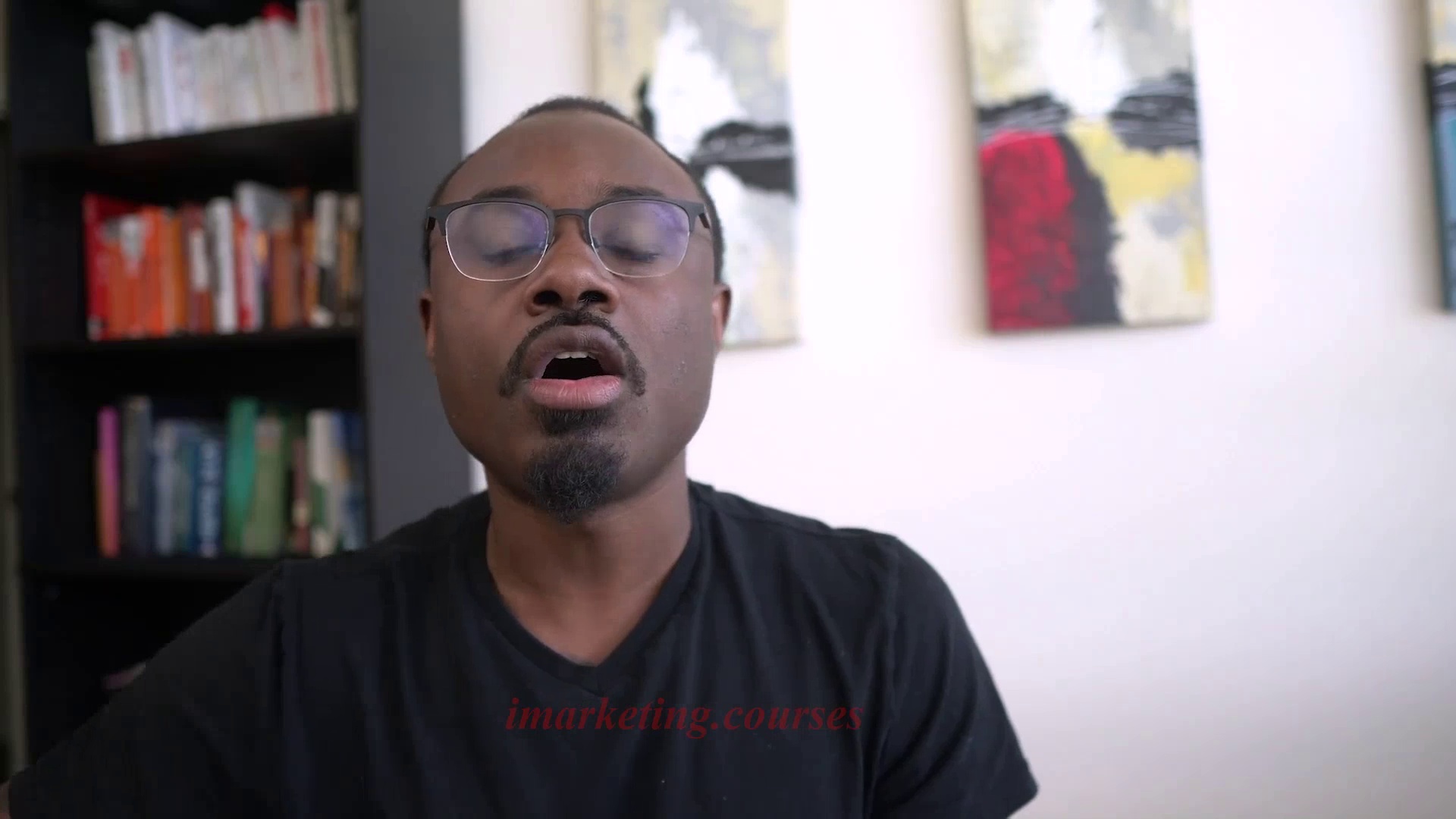
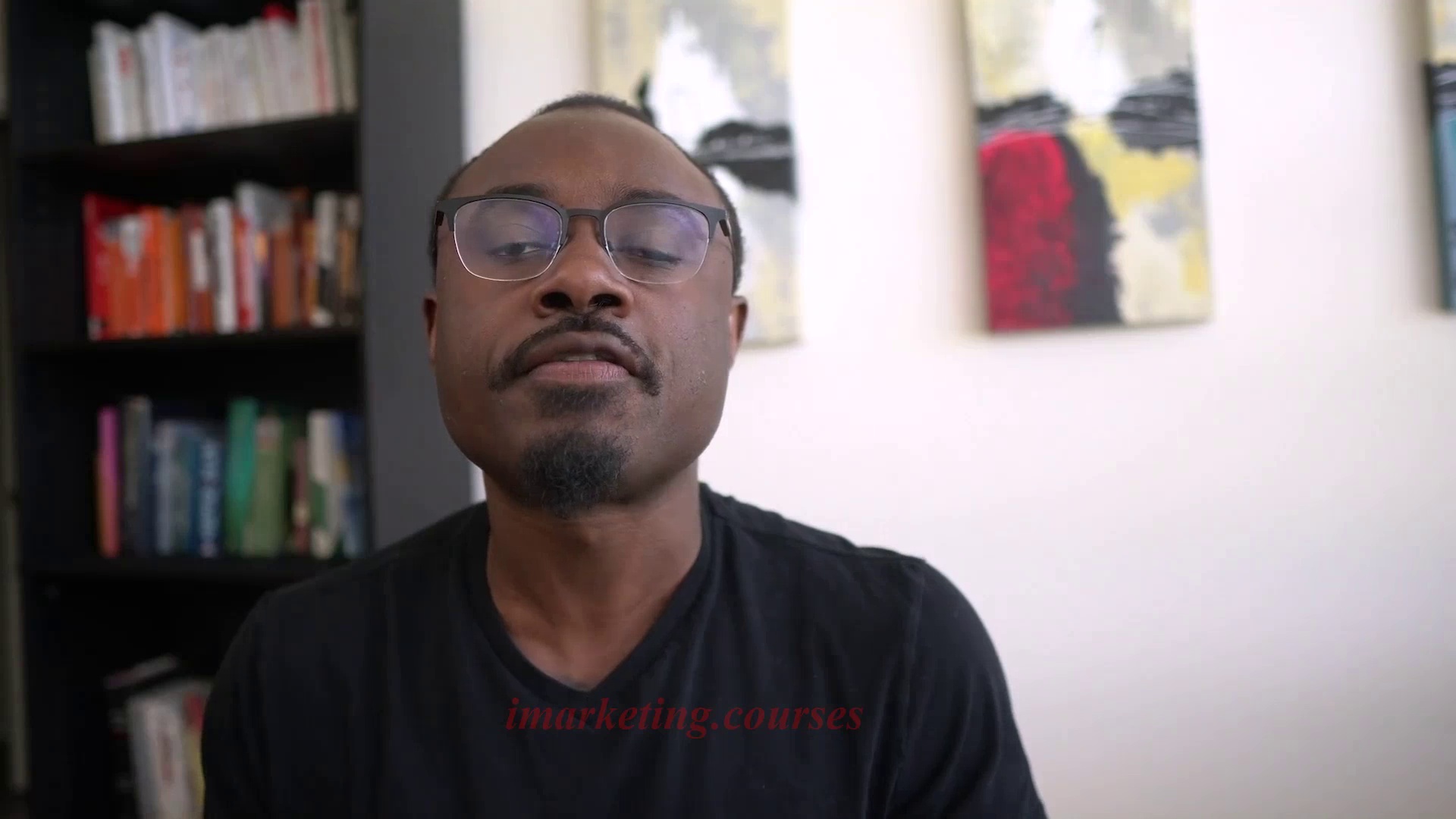
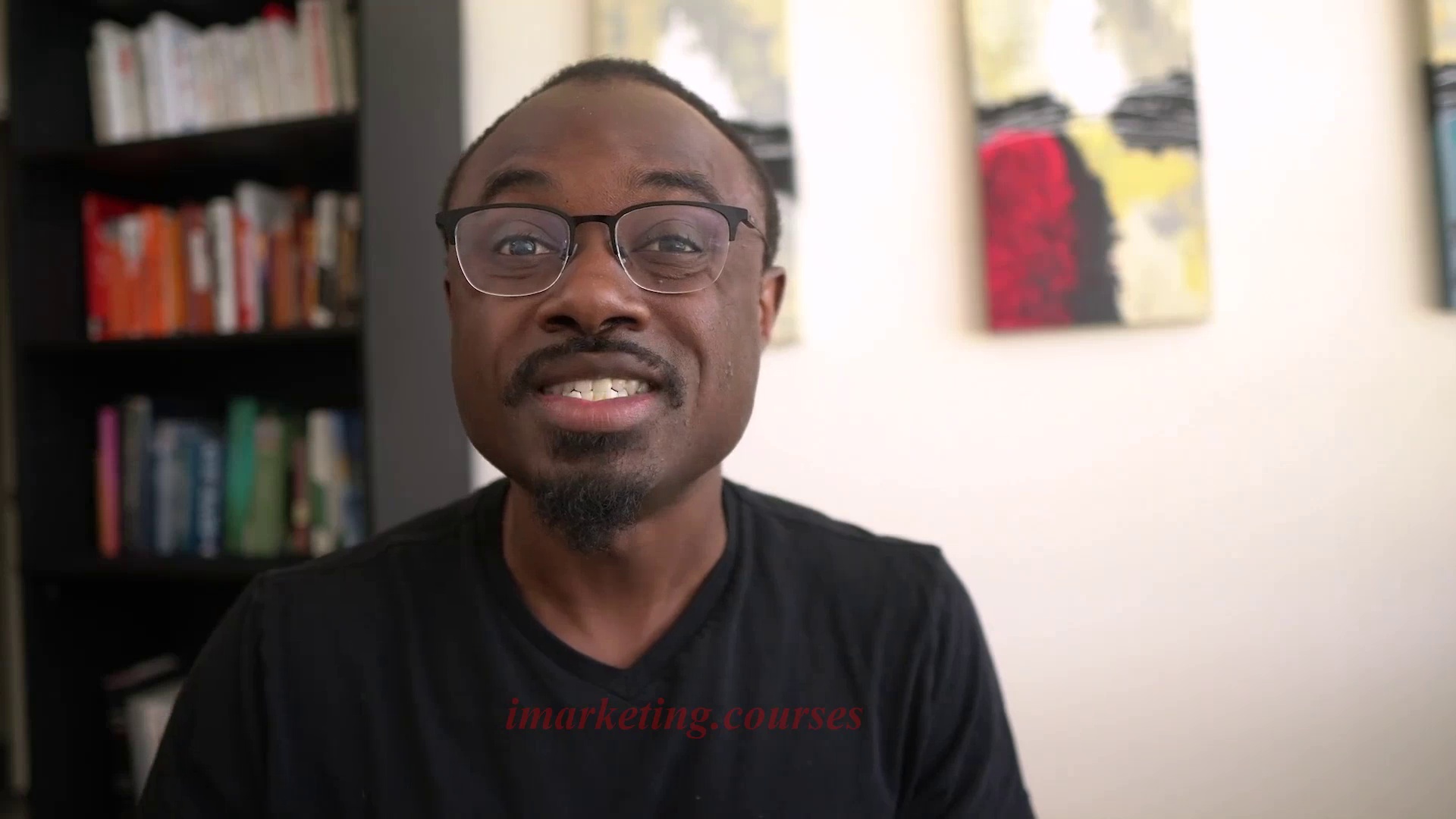
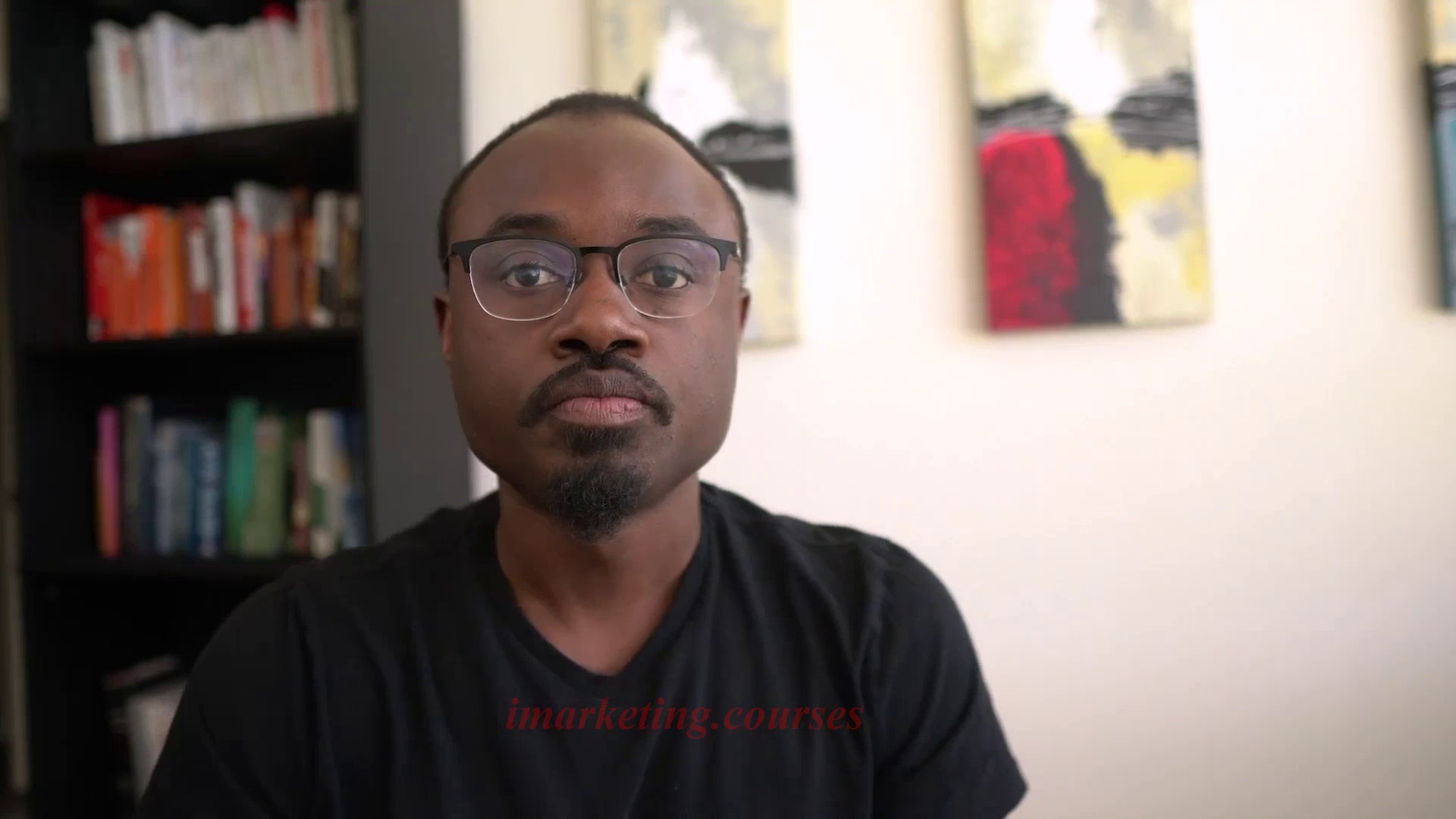
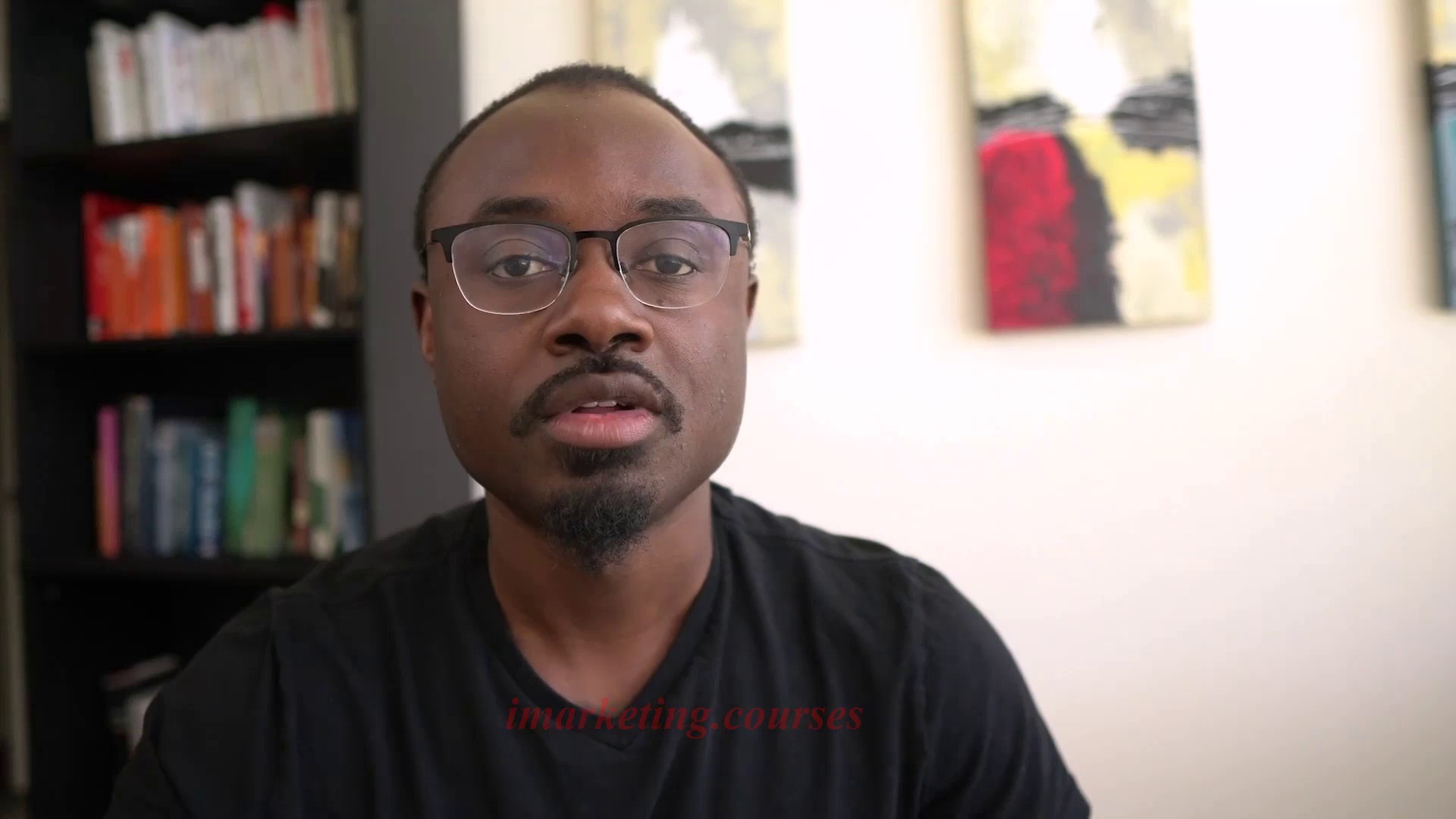
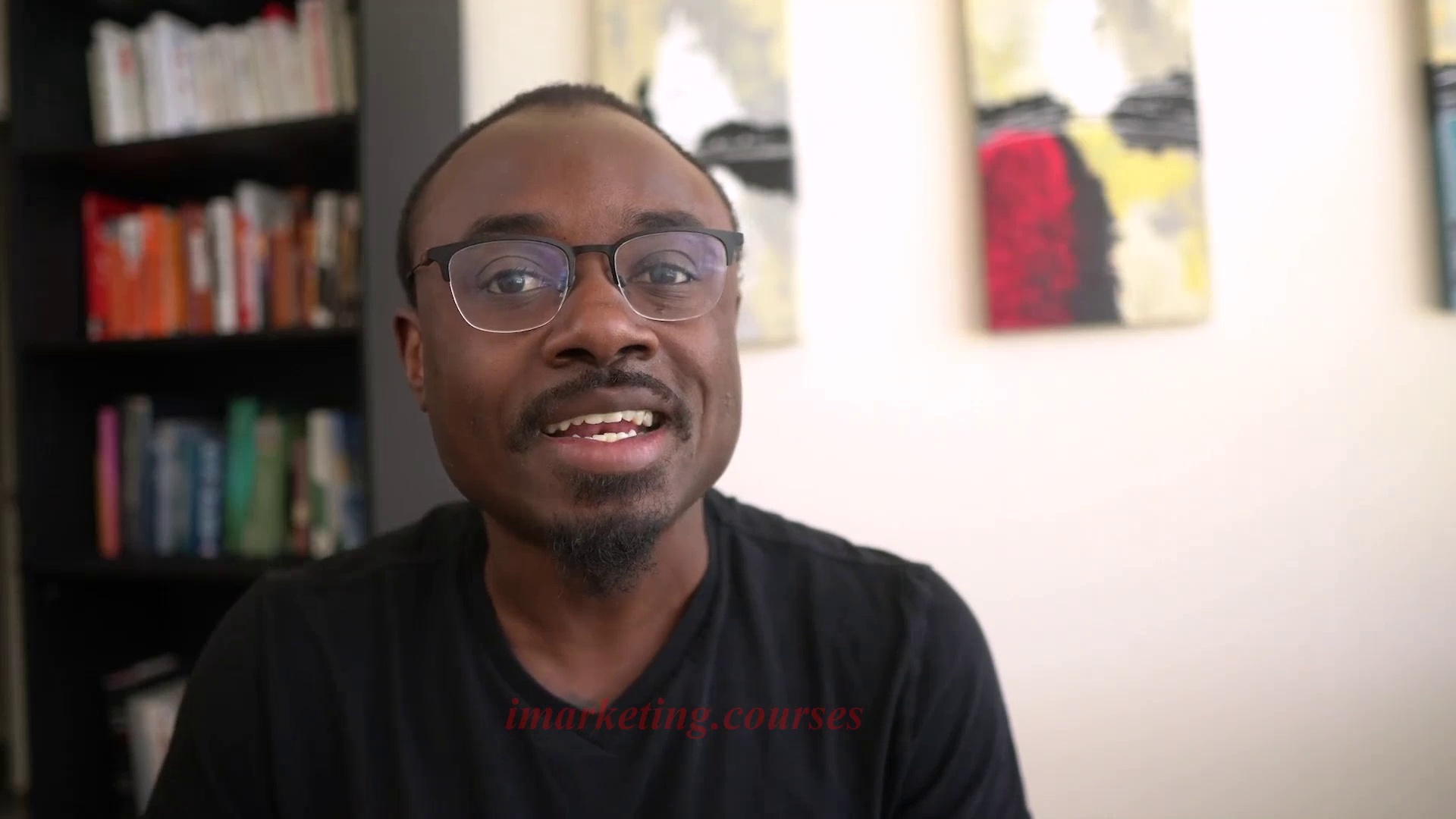
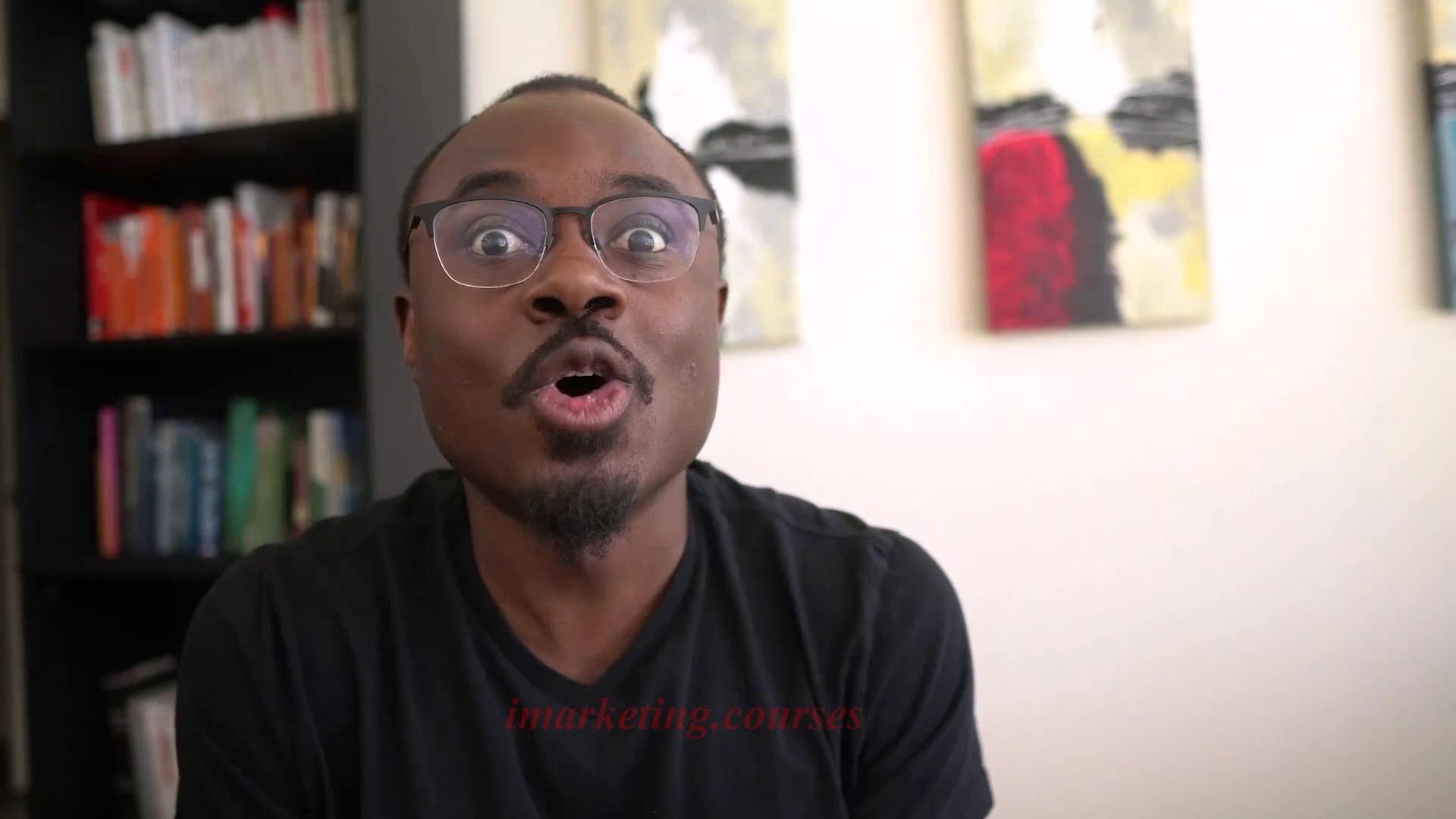
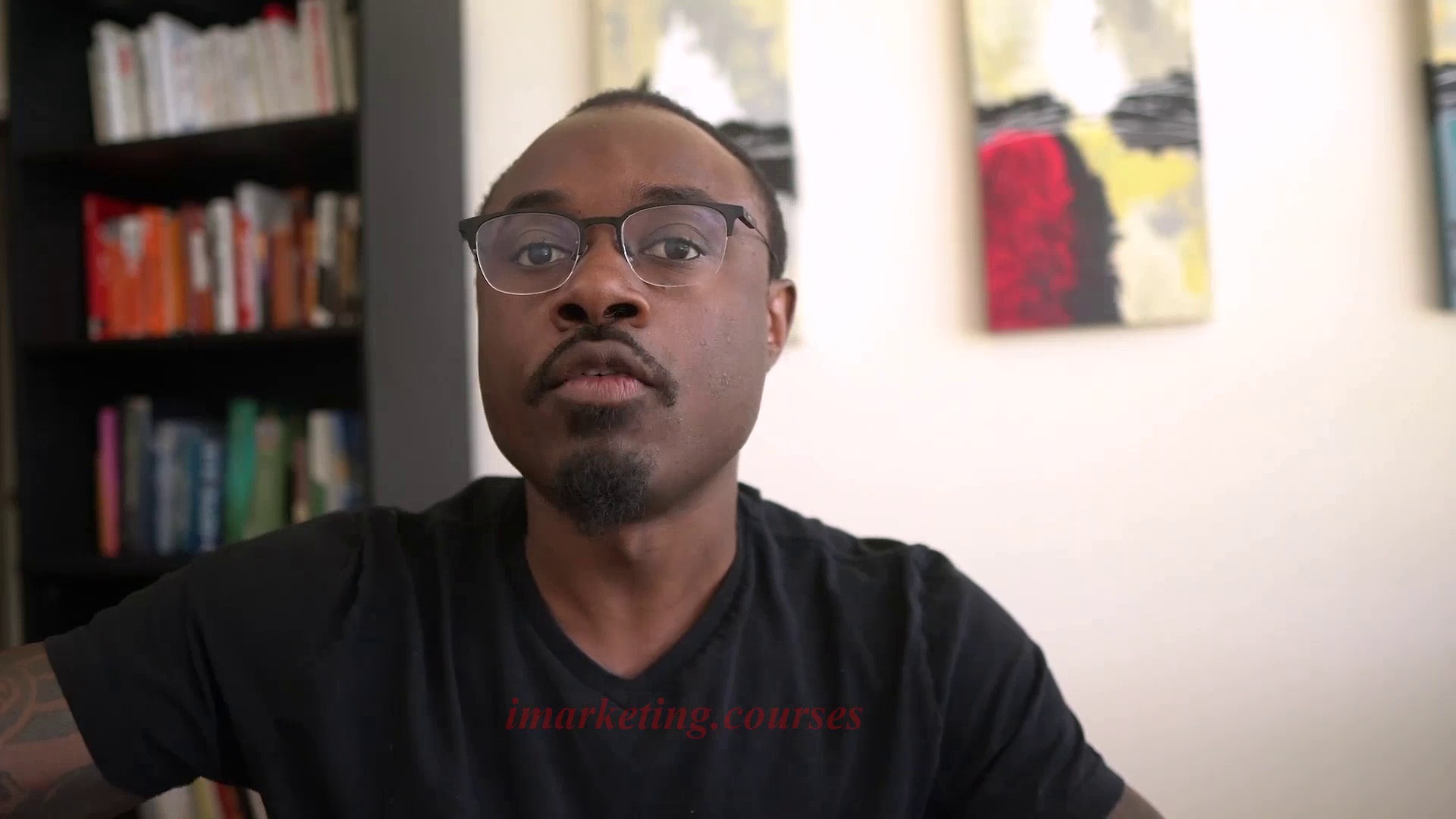
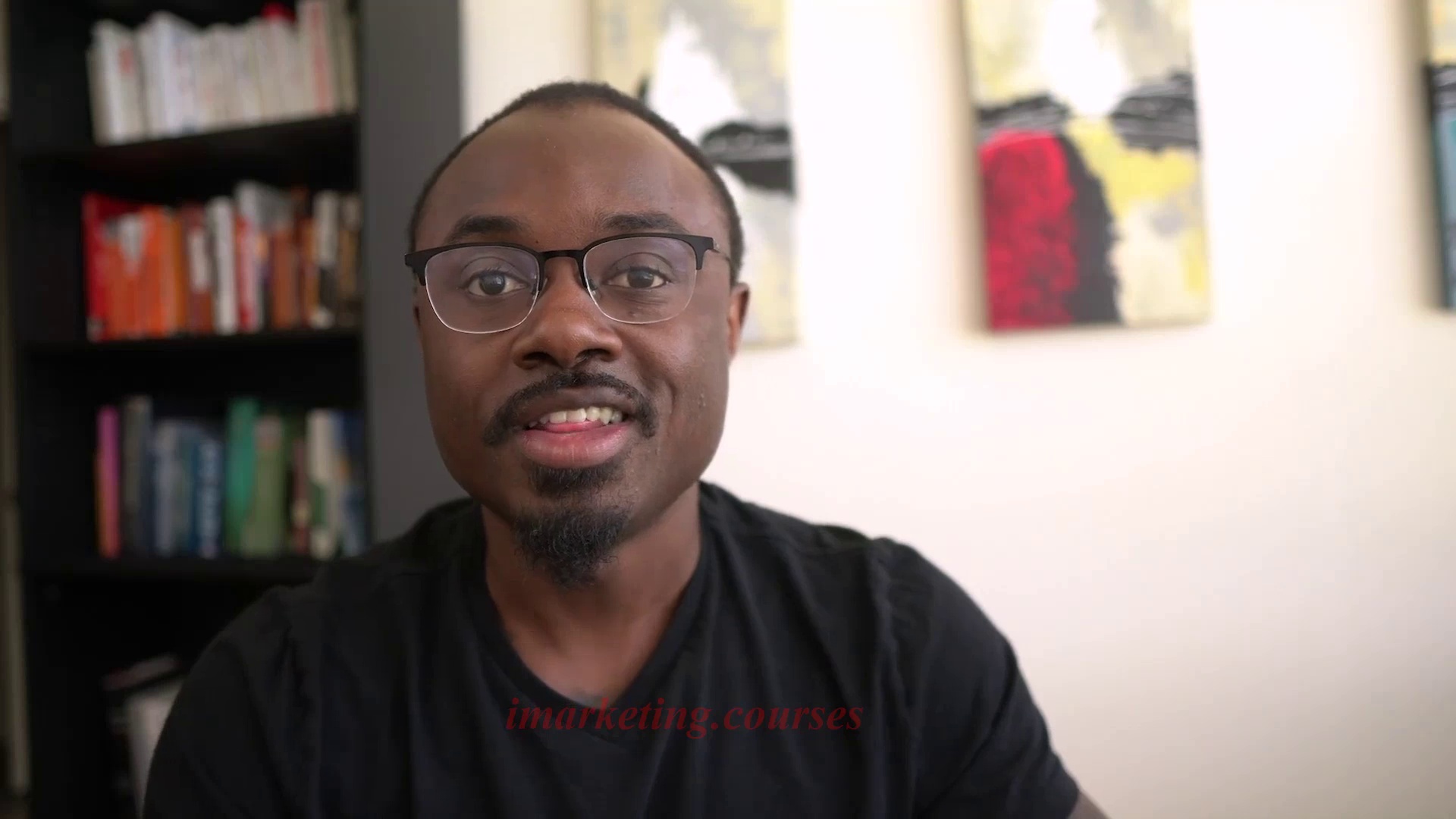
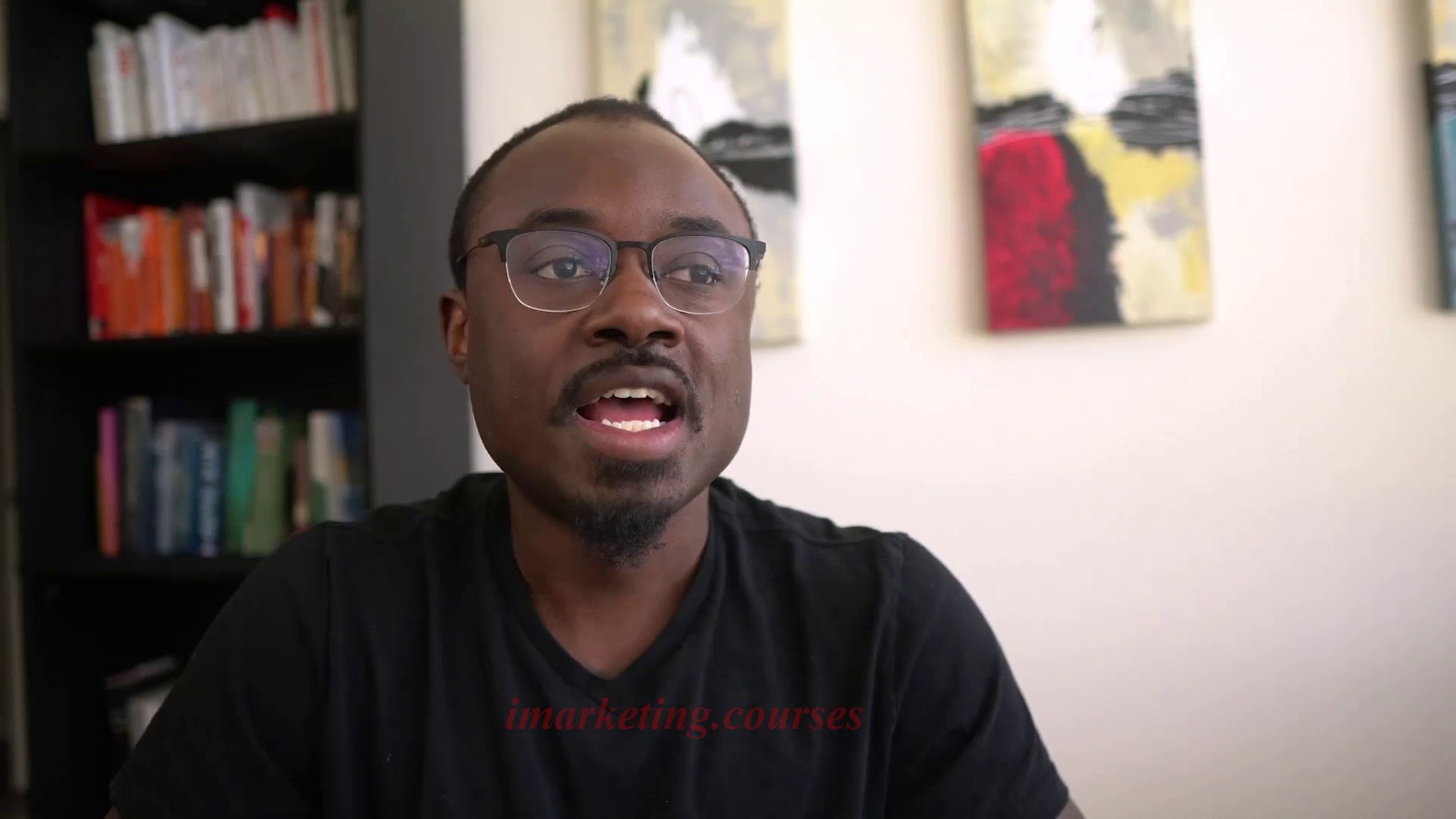
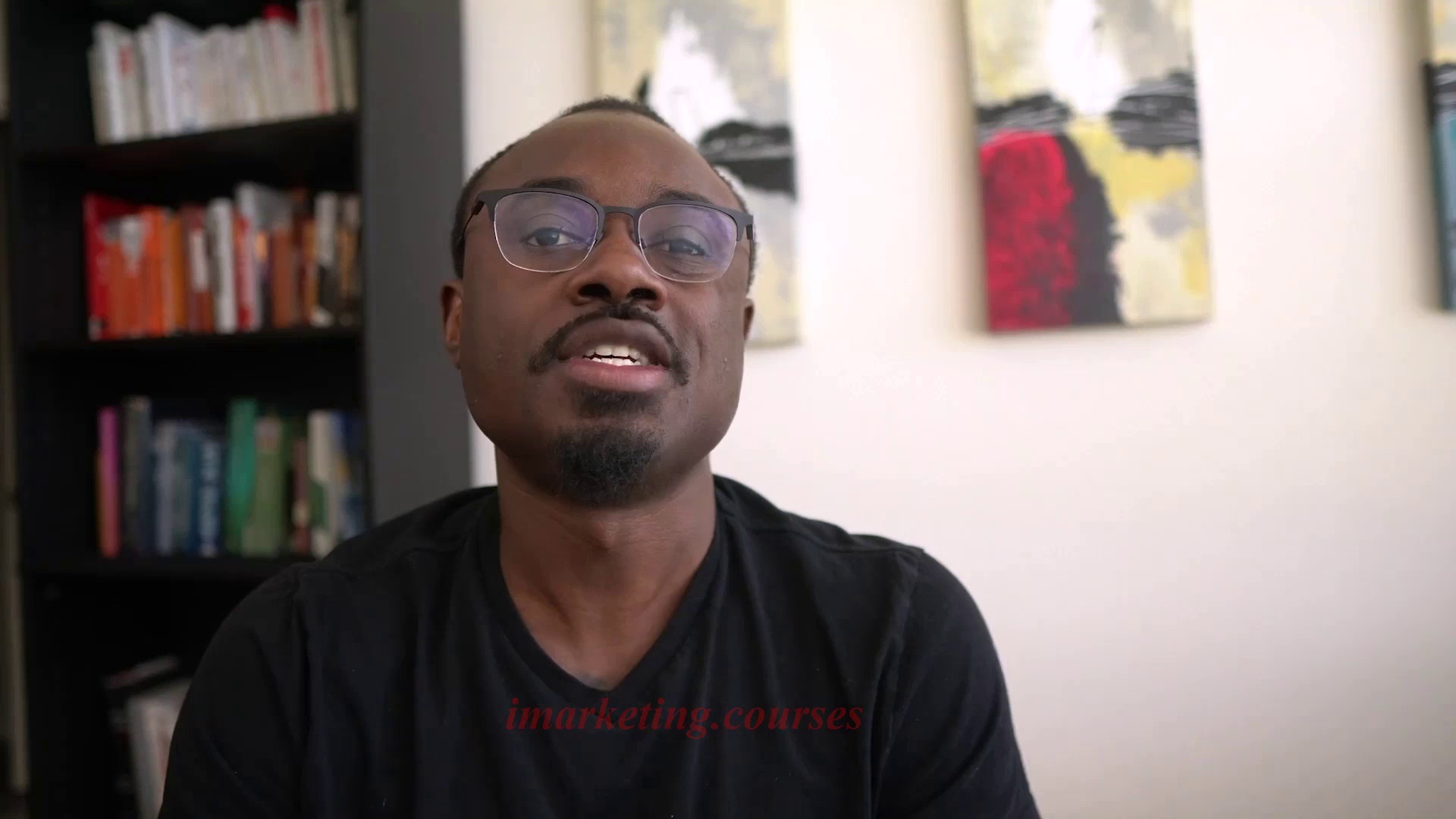
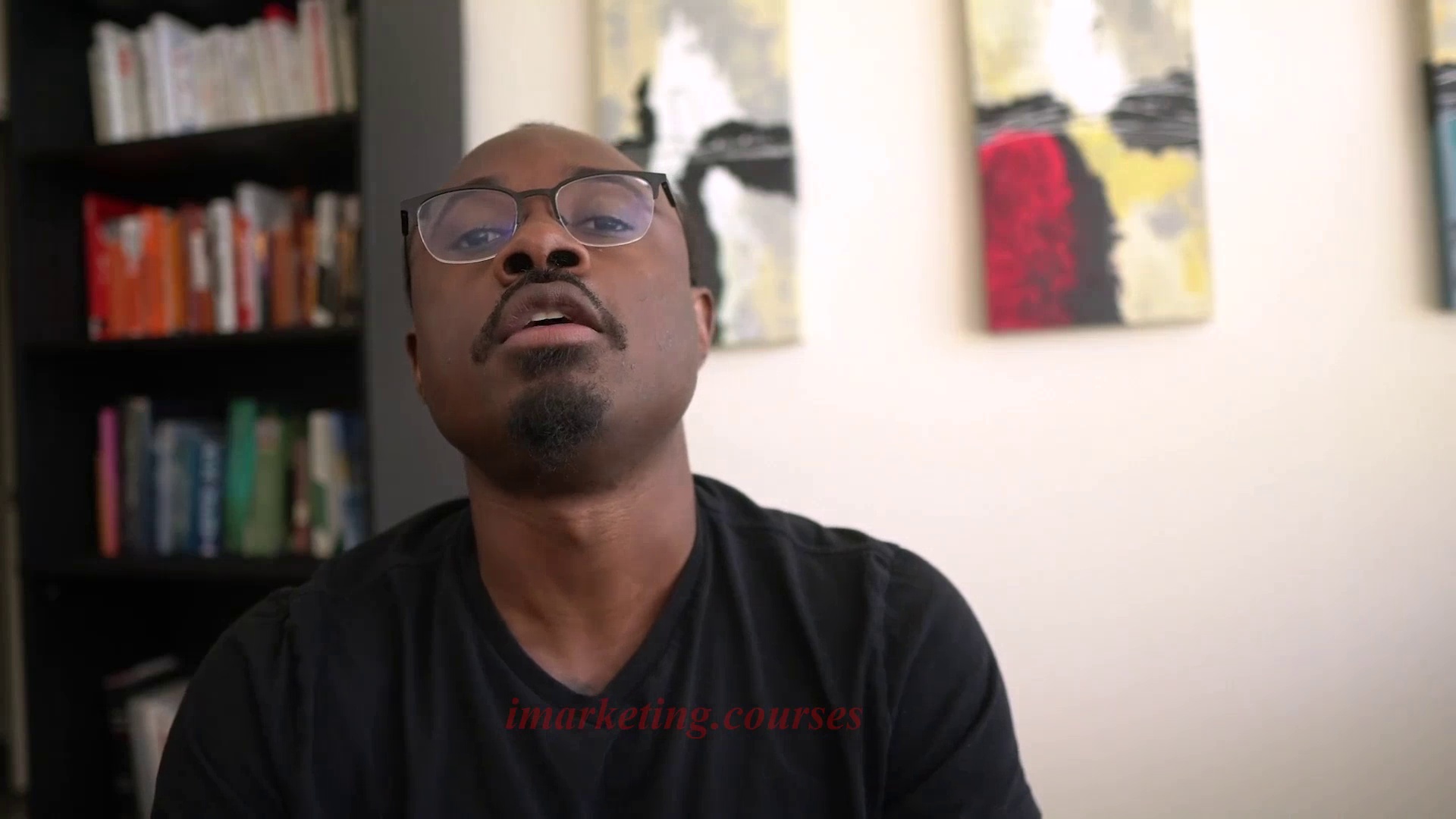
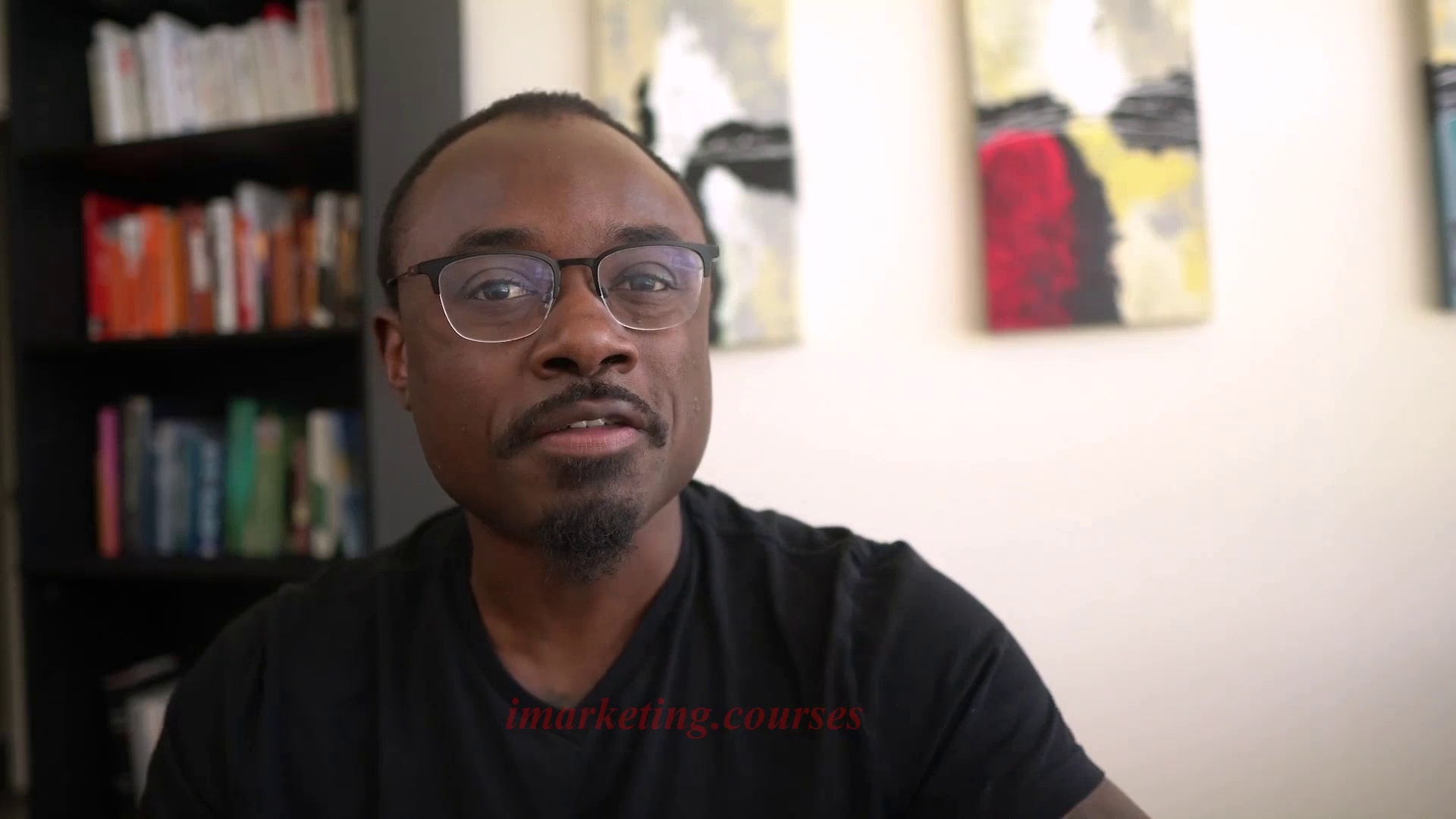
The narrator congratulates listeners who completed the writing course and did the exercises, as they are on the path to success. Creating positive reinforcement will help them continue progressing.
The principles taught in the course are foundational and will be used over and over to be successful writing on Medium and beyond. The narrator considered including more advanced strategies but kept the course focused on foundational principles that drove his career.
To be successful long-term, listeners will likely need to write hundreds of articles over years, persistently applying the techniques taught. The most important principle is writing for an audience, not personal journal entries.
There are no shortcuts or "magic pills." Success requires consistent practice and volume of high-quality articles. Within a year, listeners should master each persuasive writing technique taught.
Submitting to publications boosts chances of visibility and viral articles. It took the narrator 5 years of consistent writing before he had a viable income. The opportunities on Medium still exist for new writers.
Listeners should expect to write 3 articles per week for the next 90 days. Trust the guidance from the narrator's experience until listeners build their own writing career.
When feeling like quitting, remember why you started. Writing is a business requiring proven strategies and persistence to see results.
.